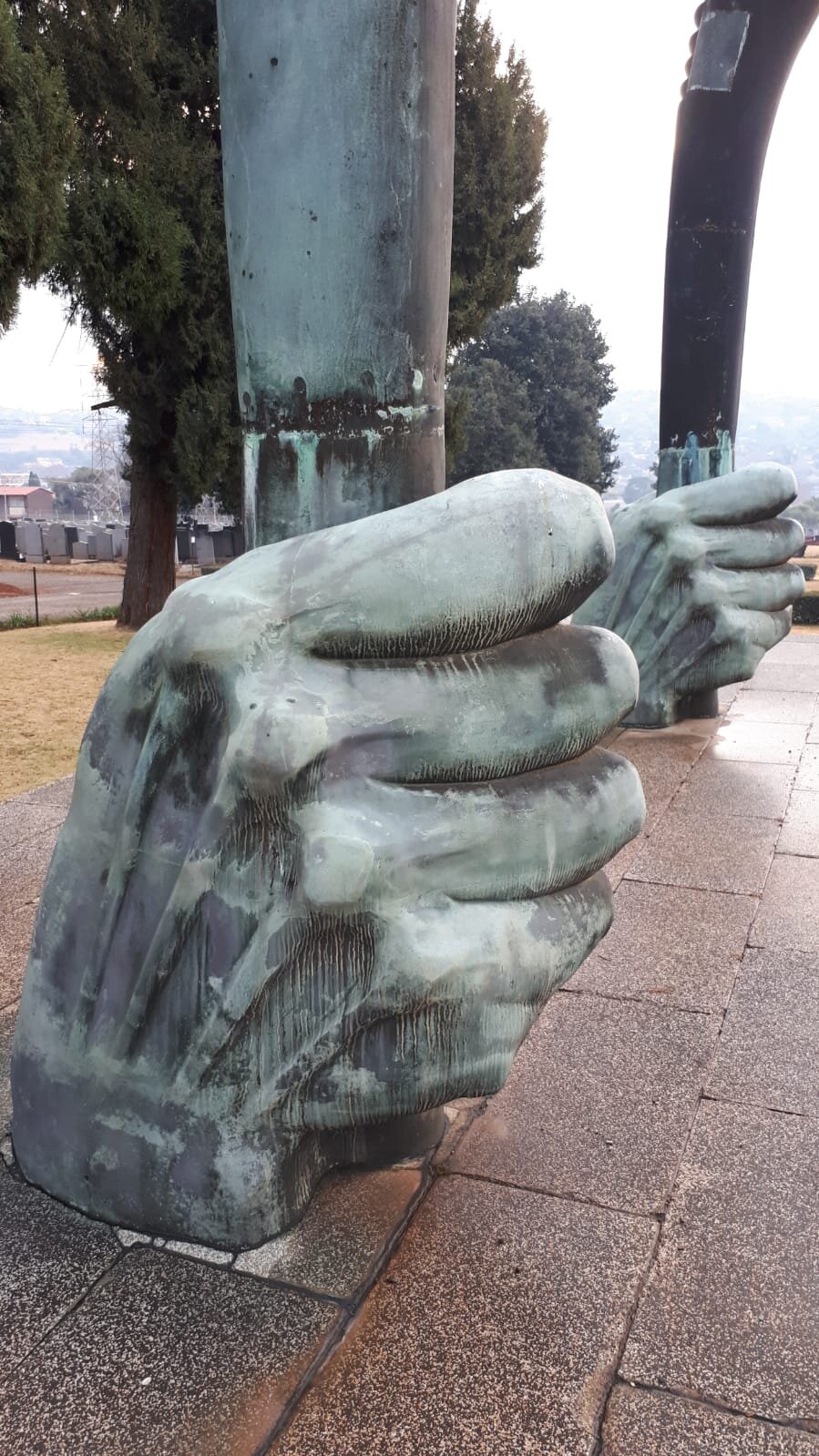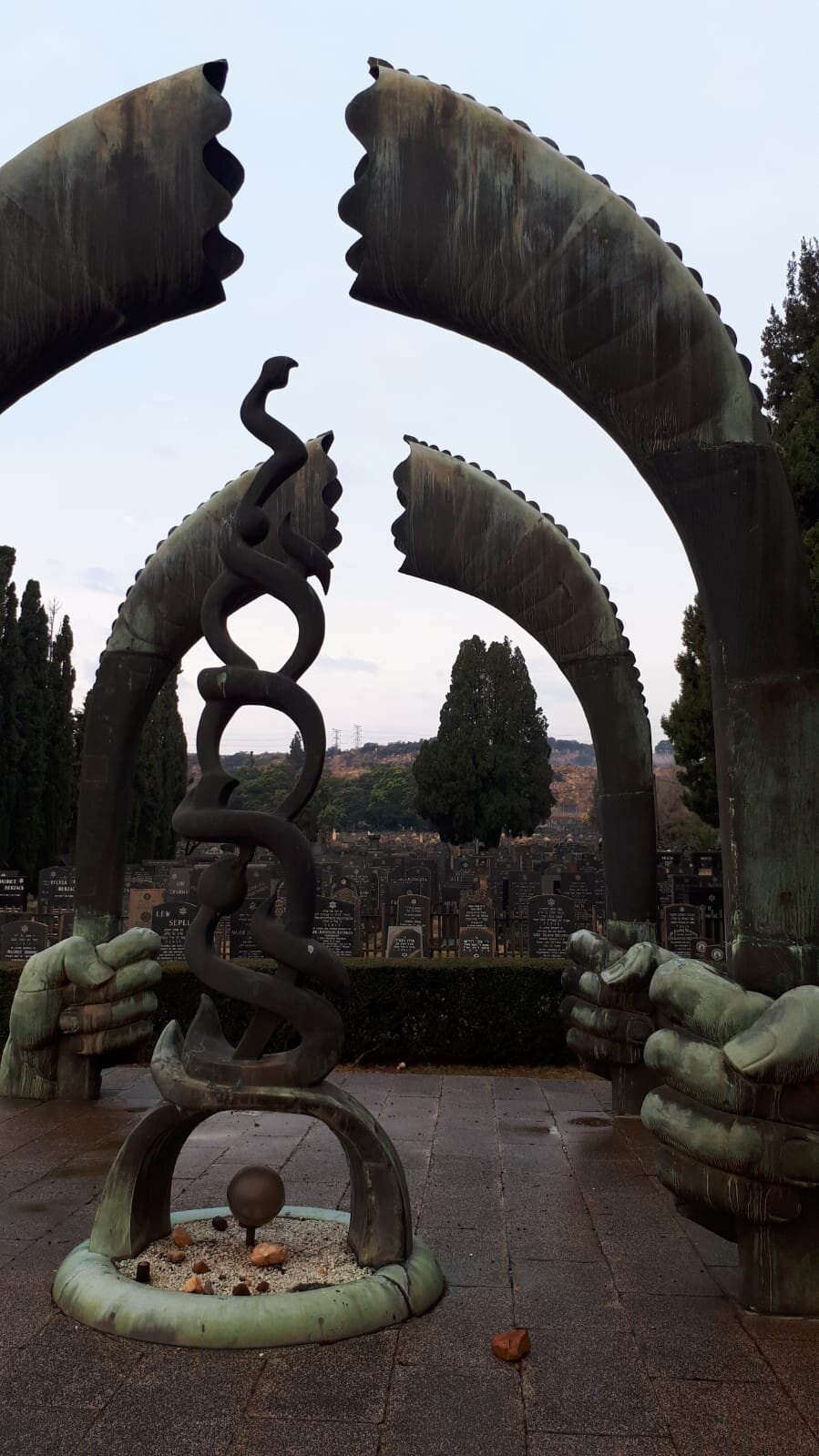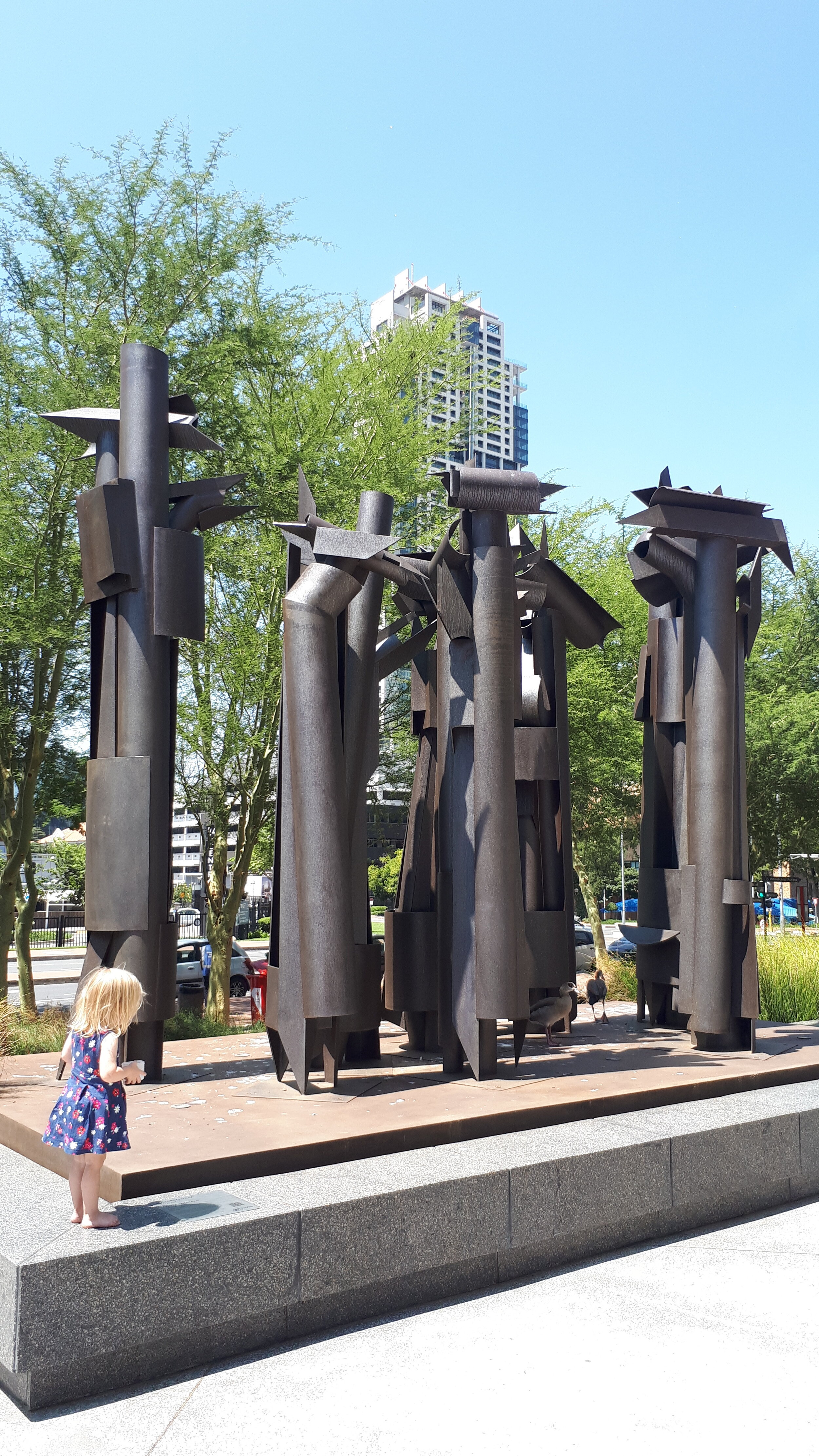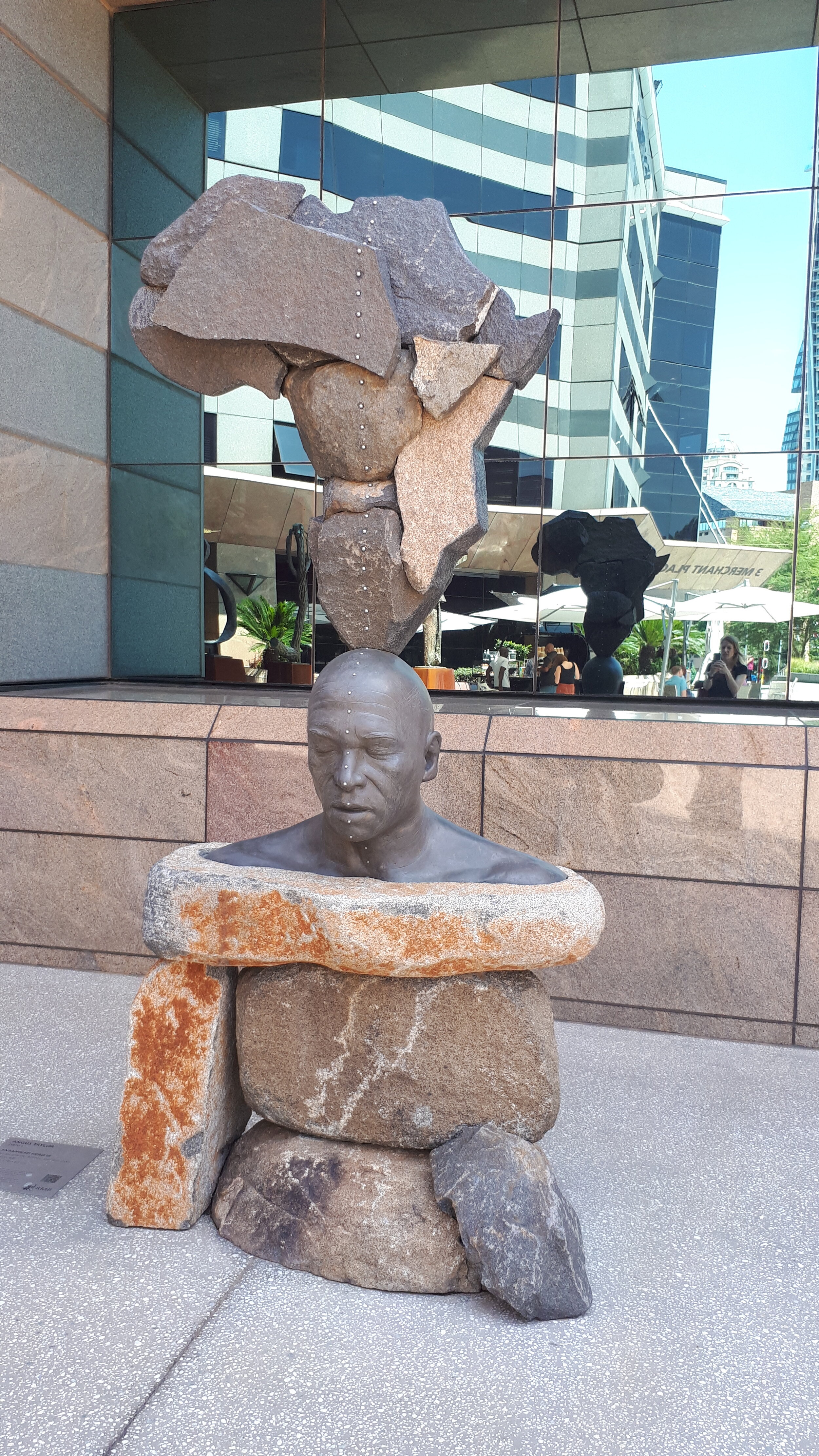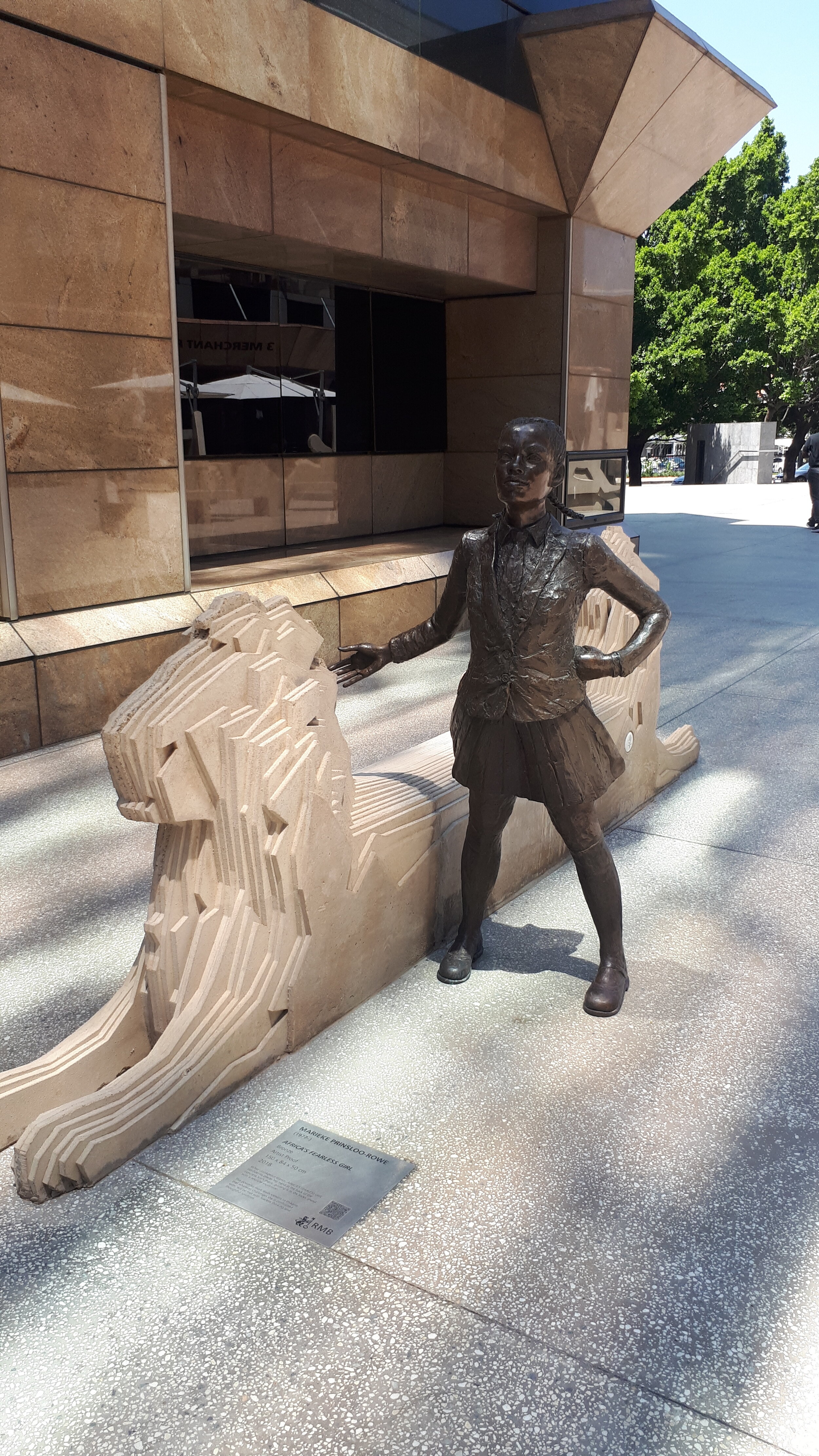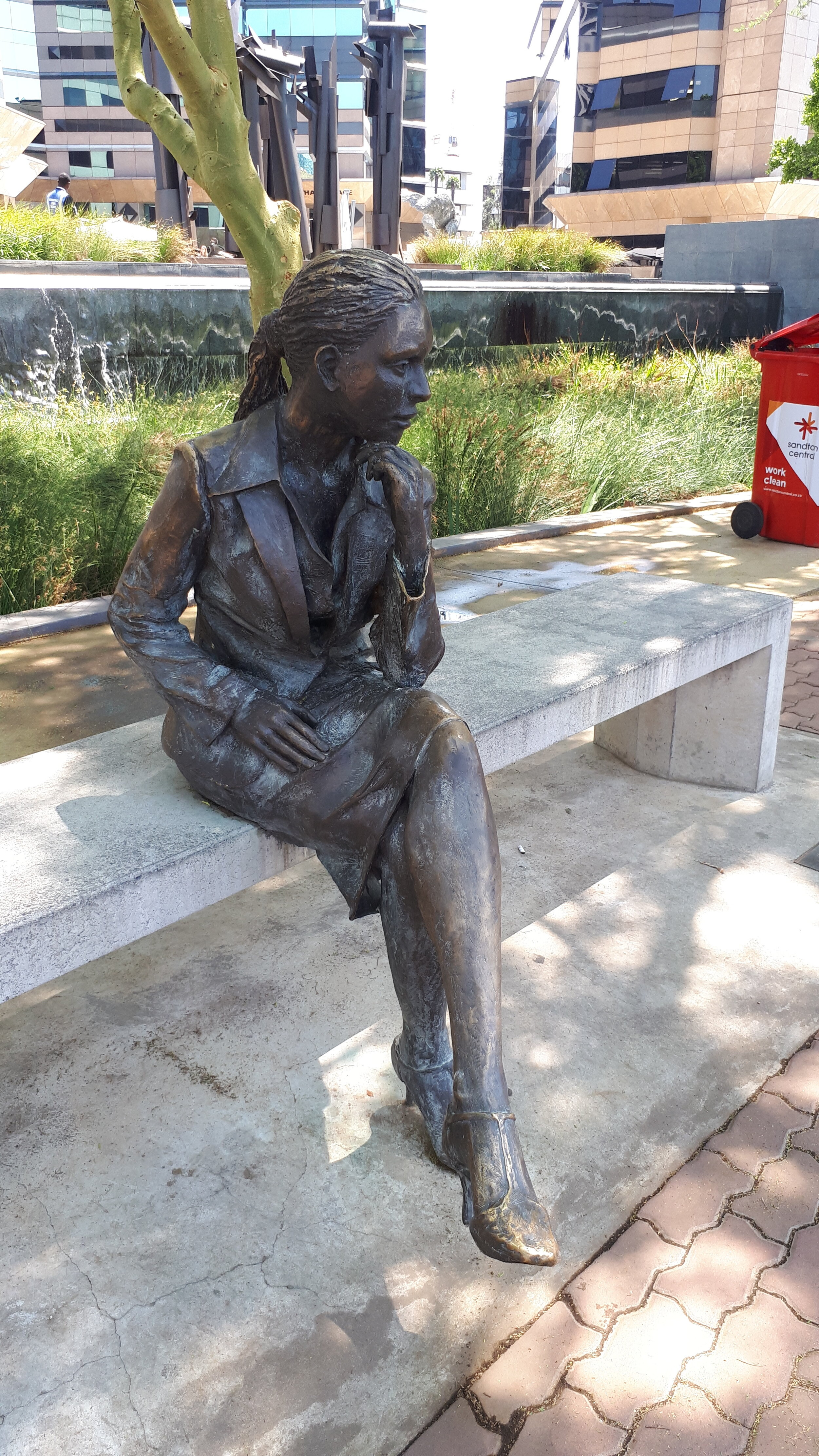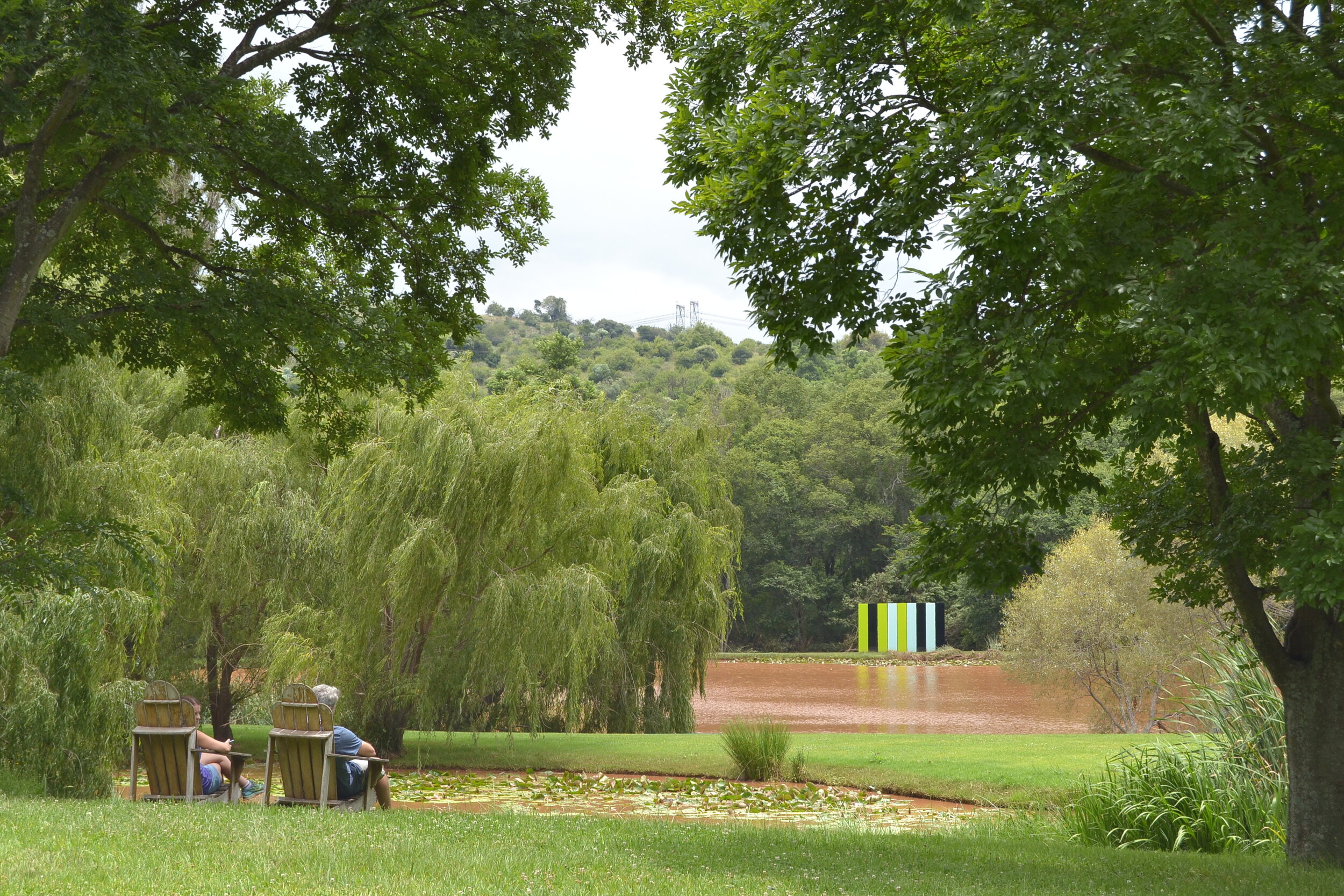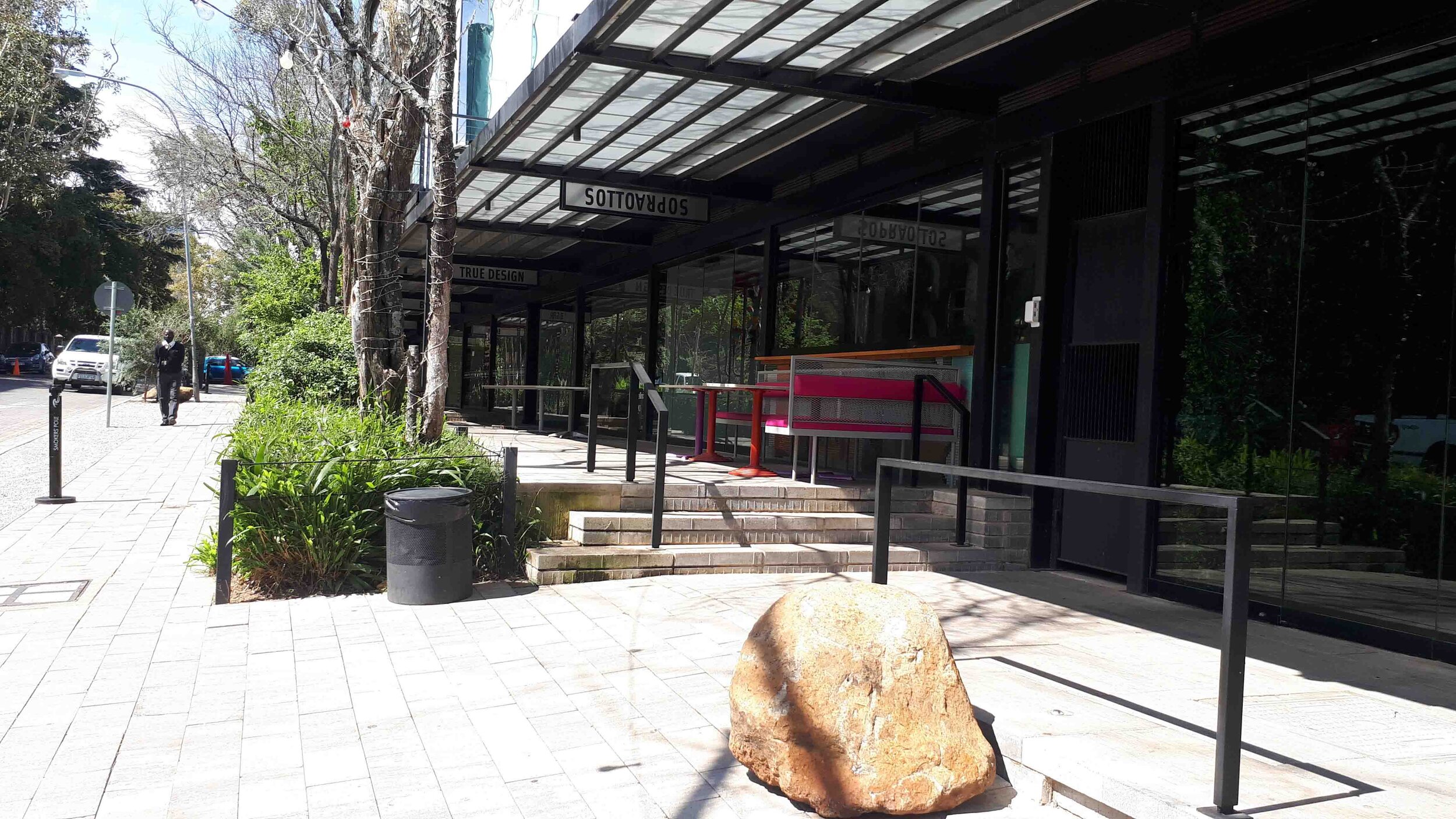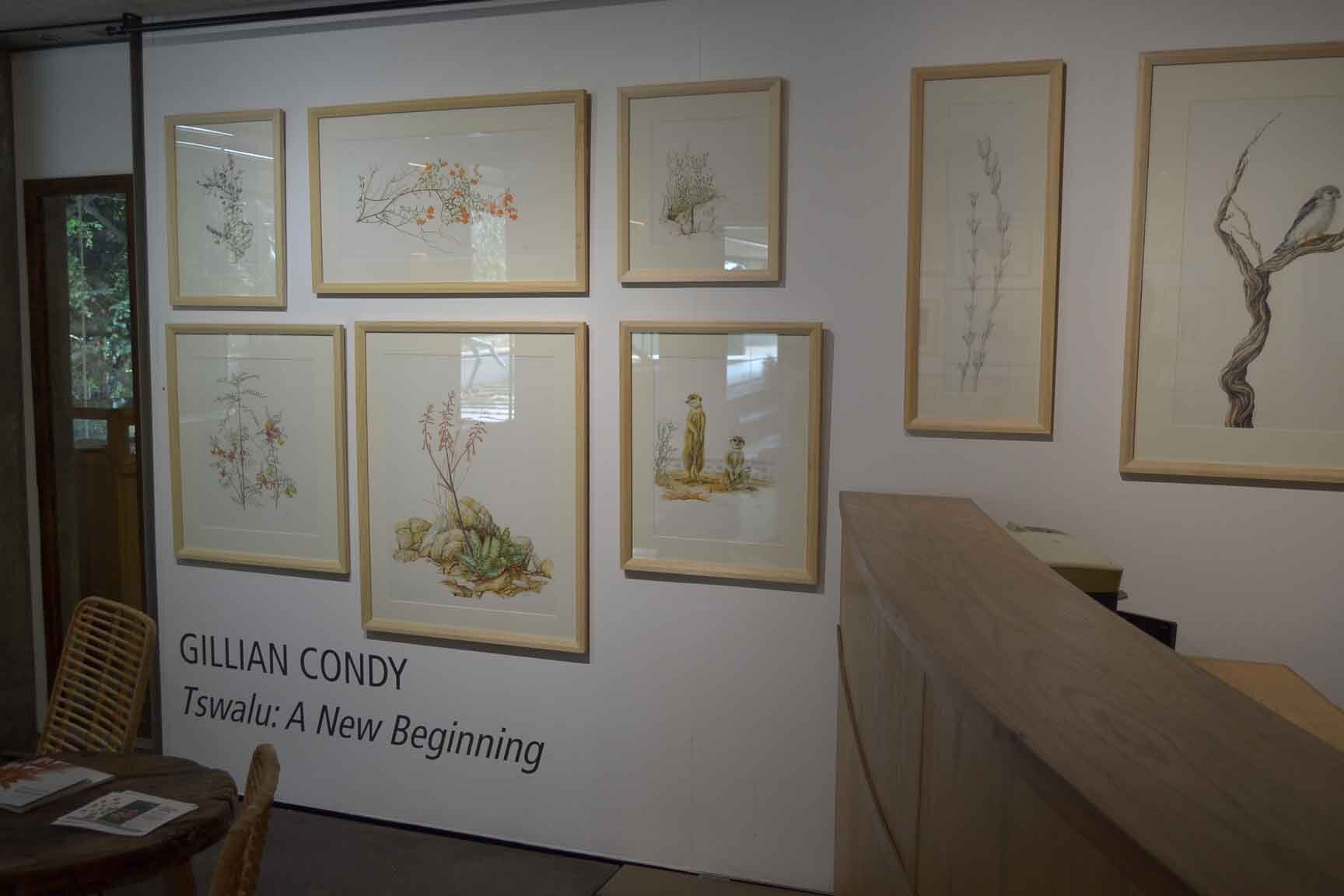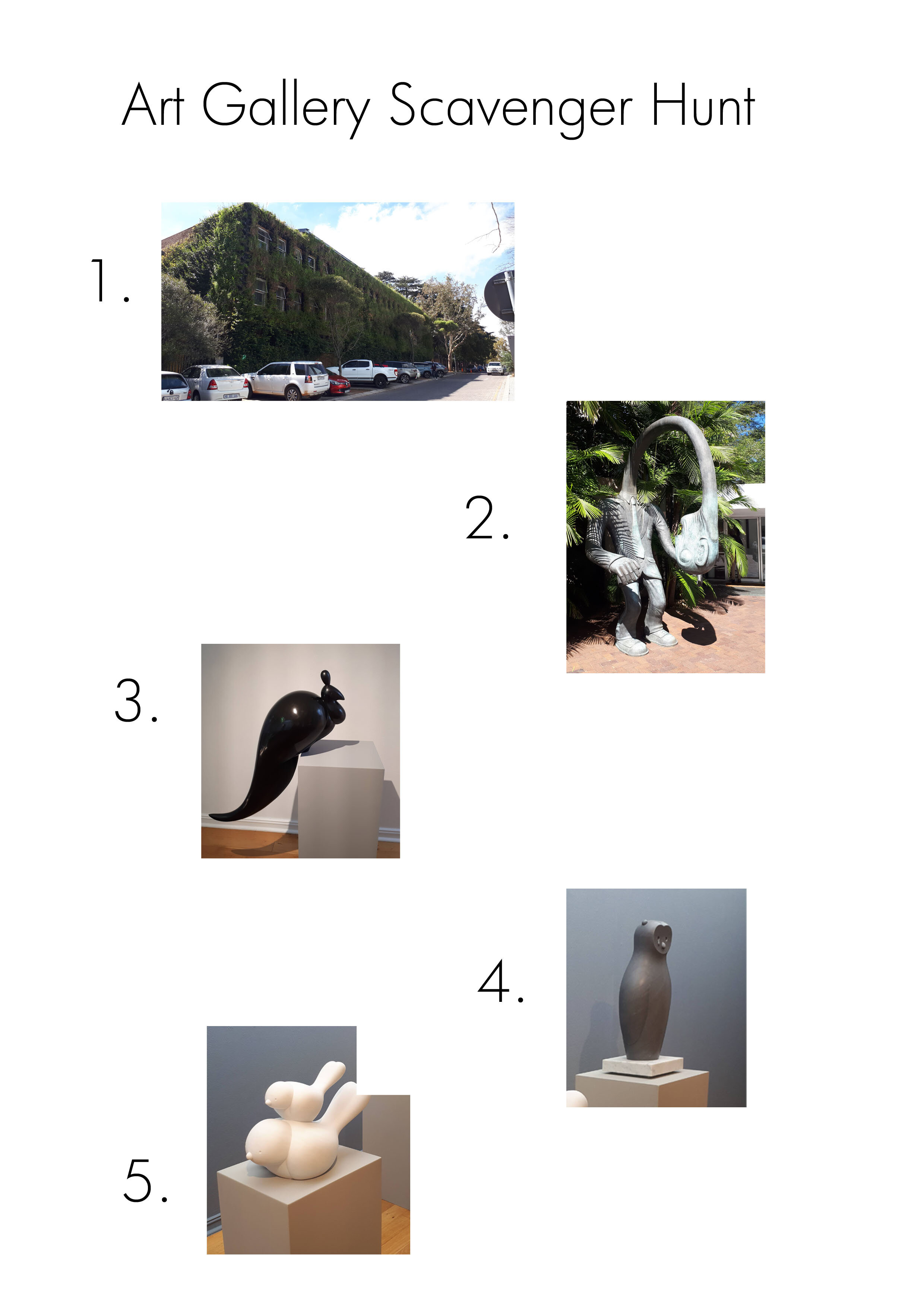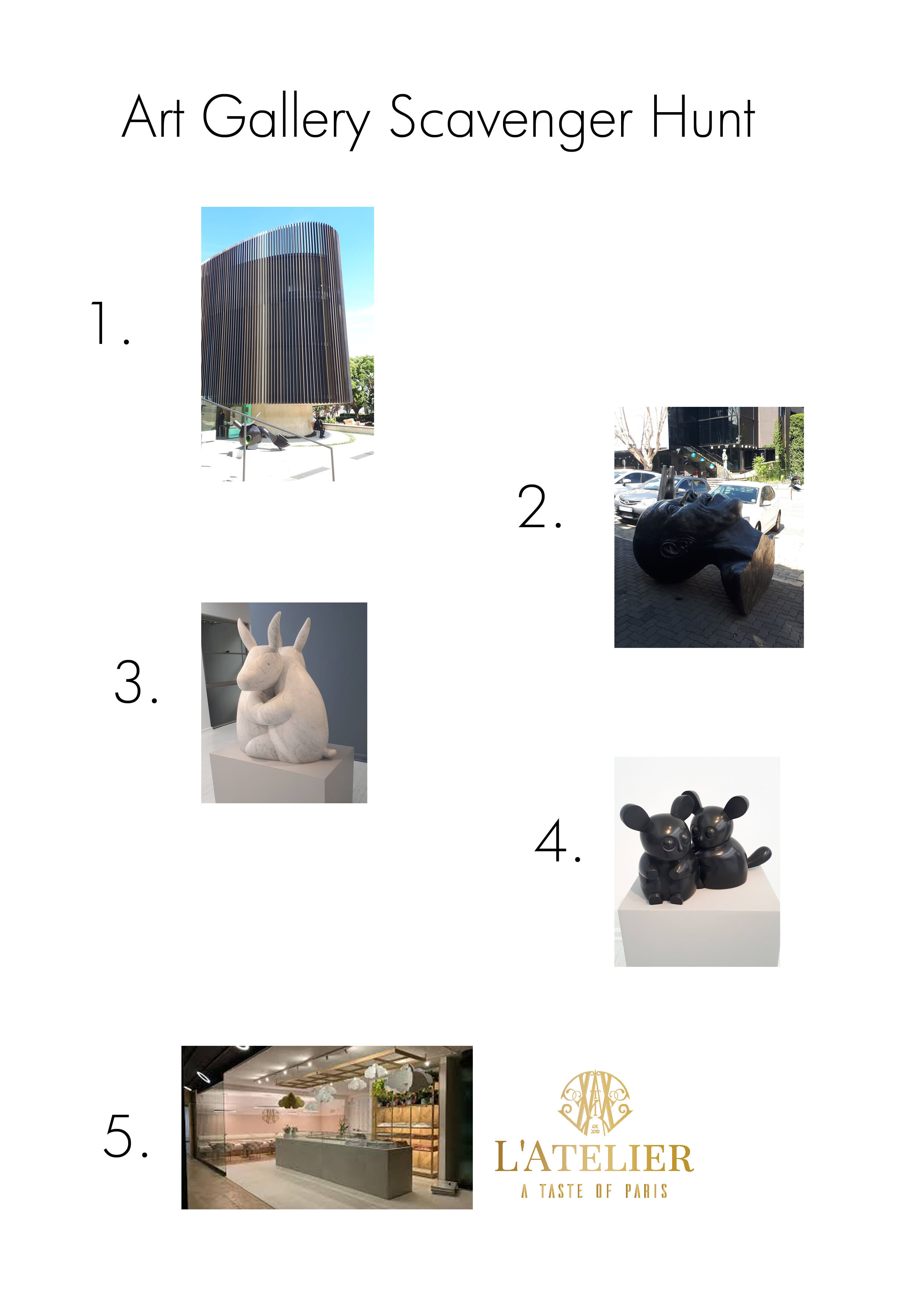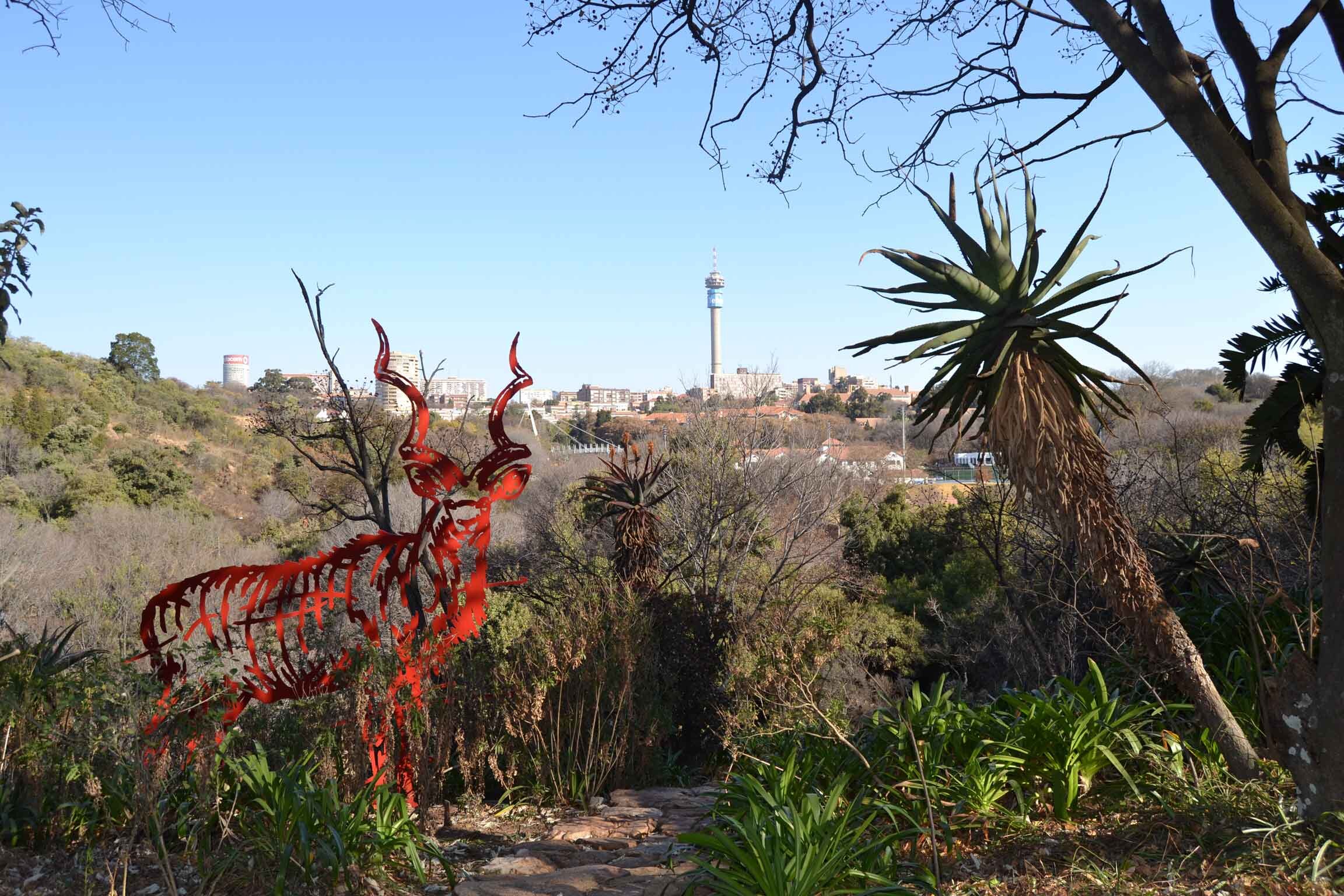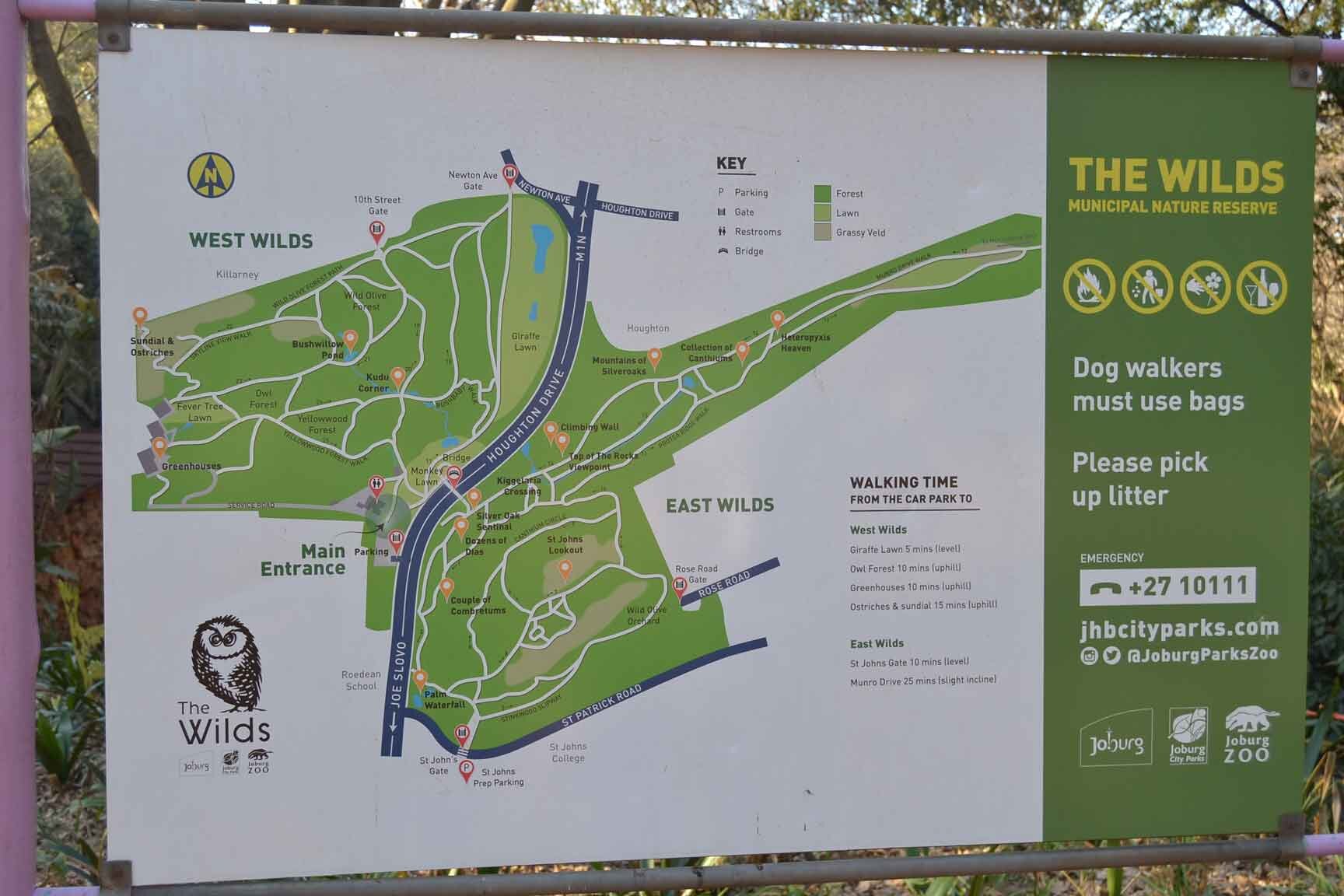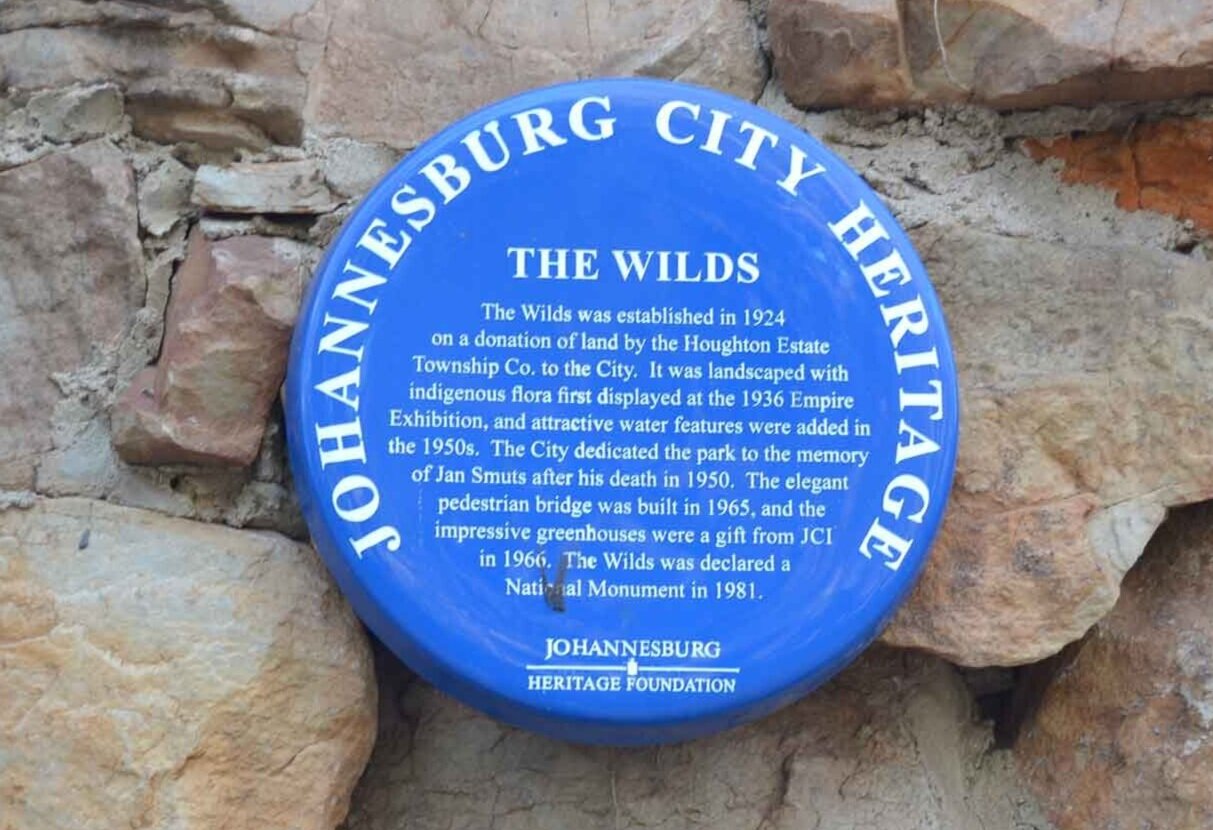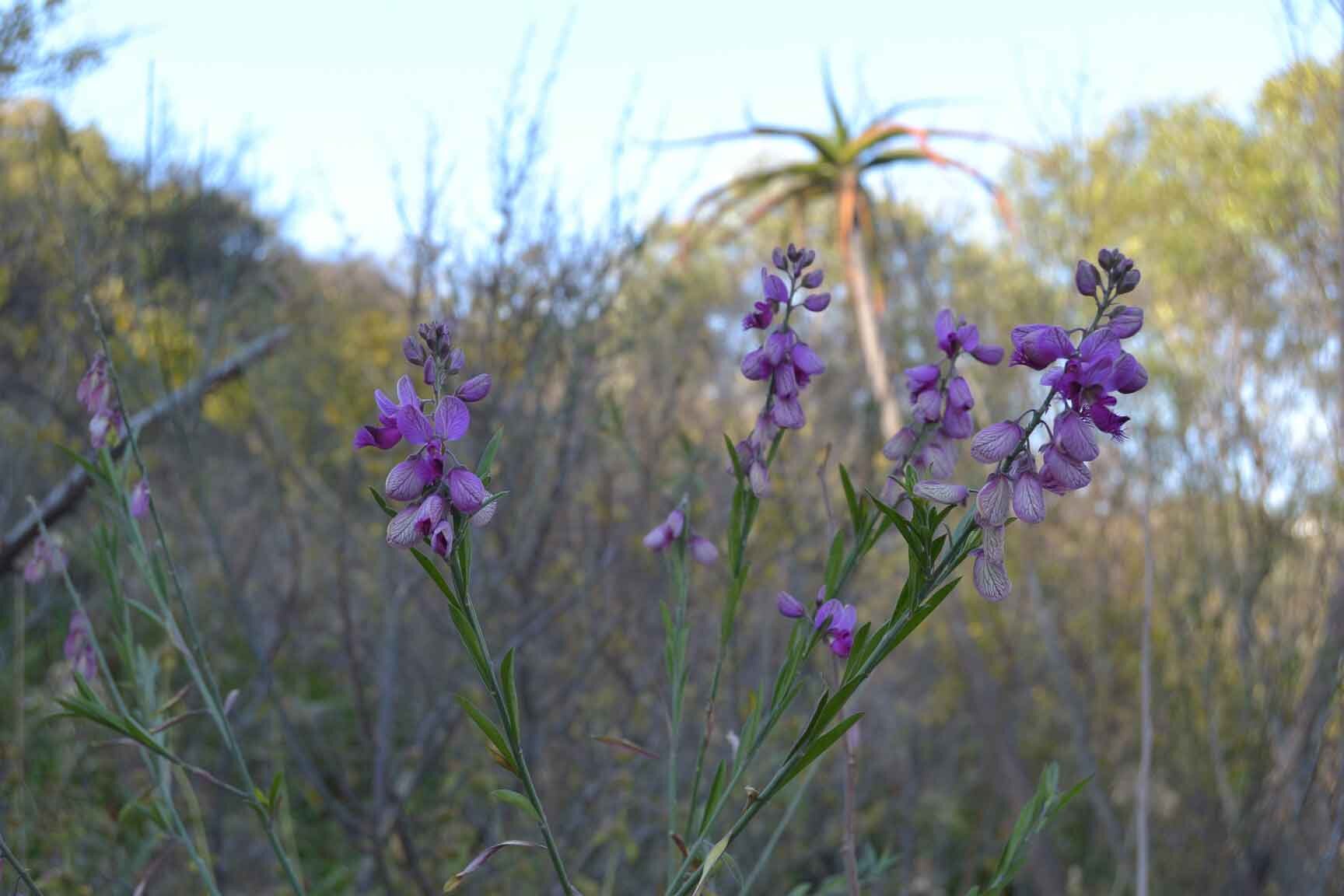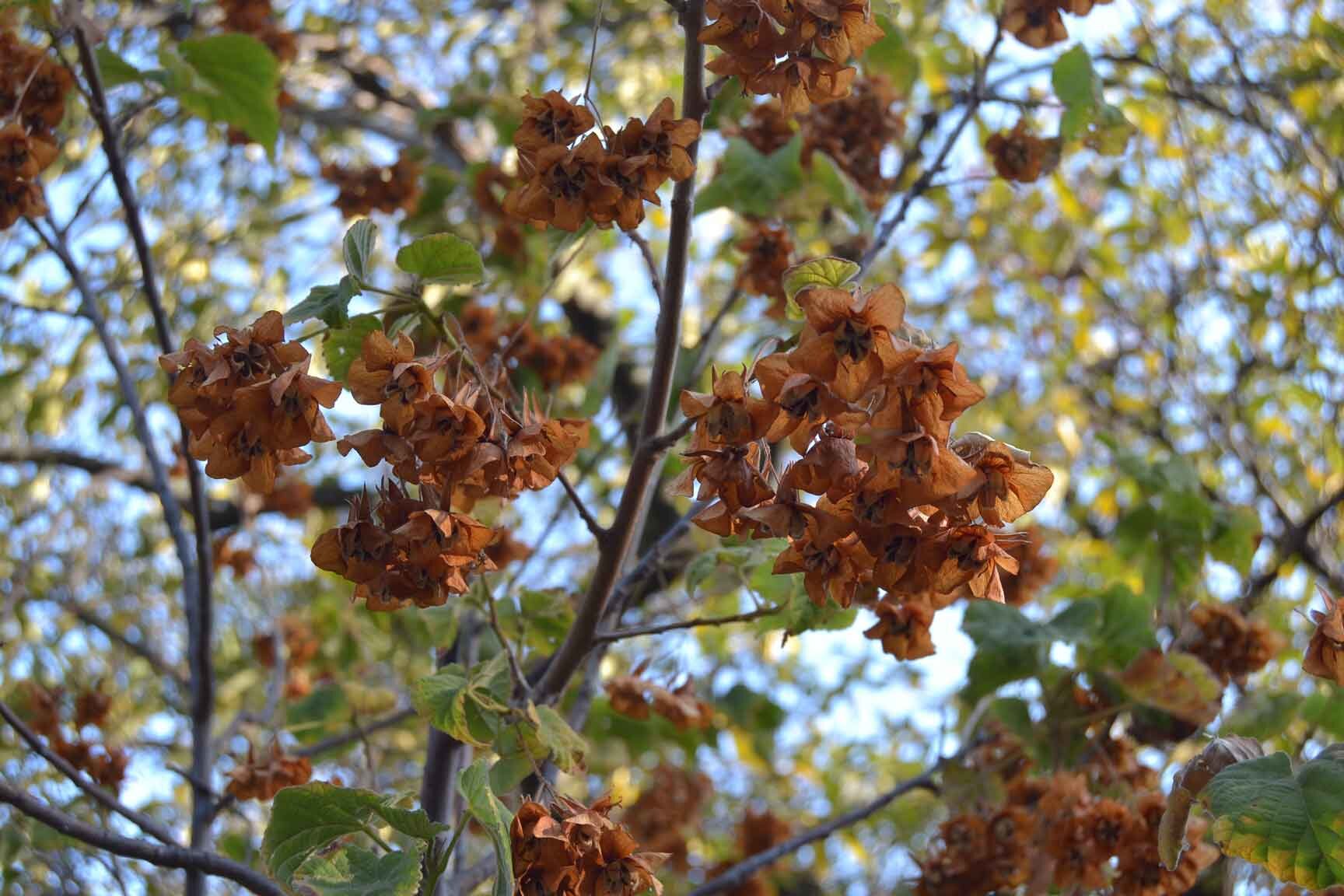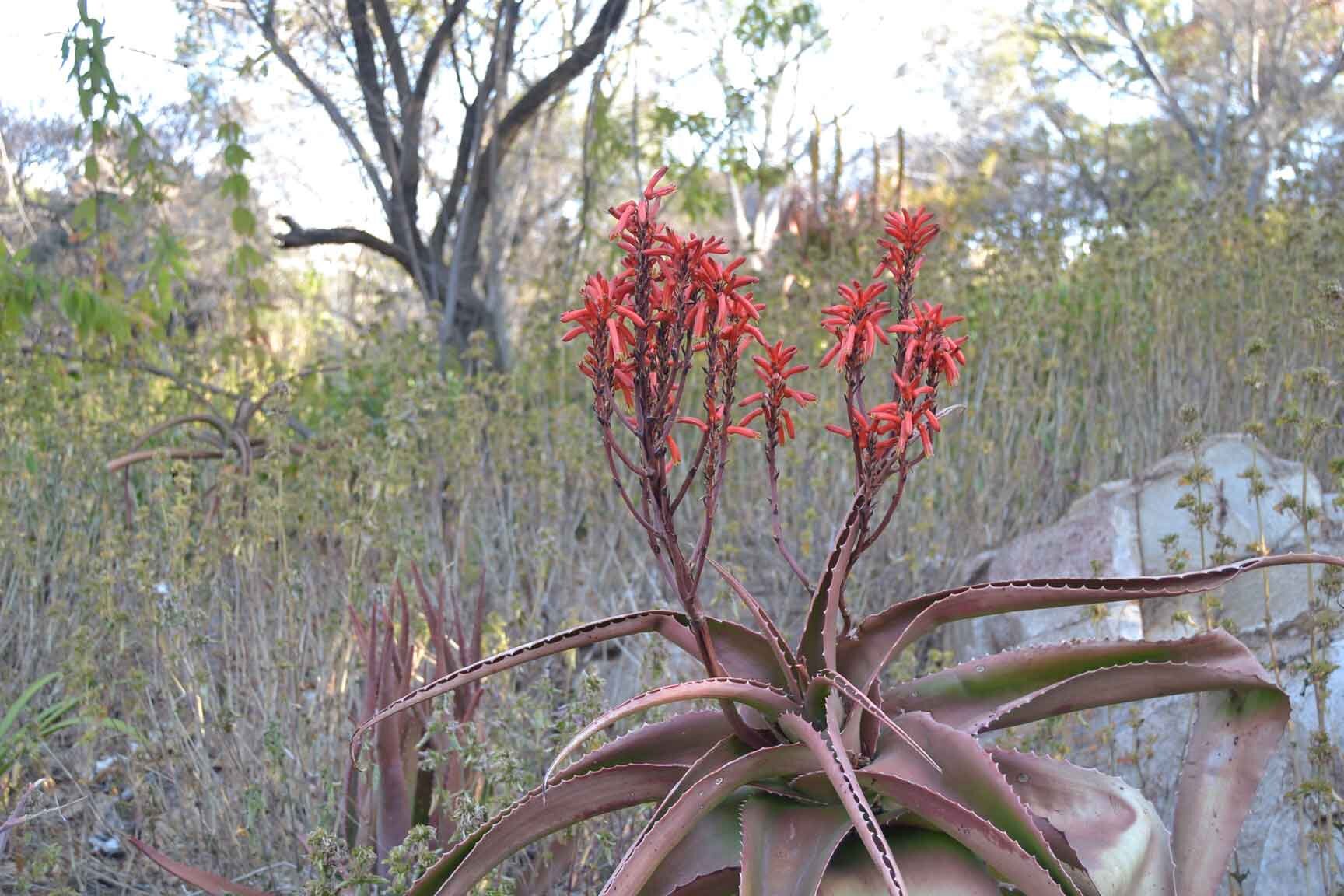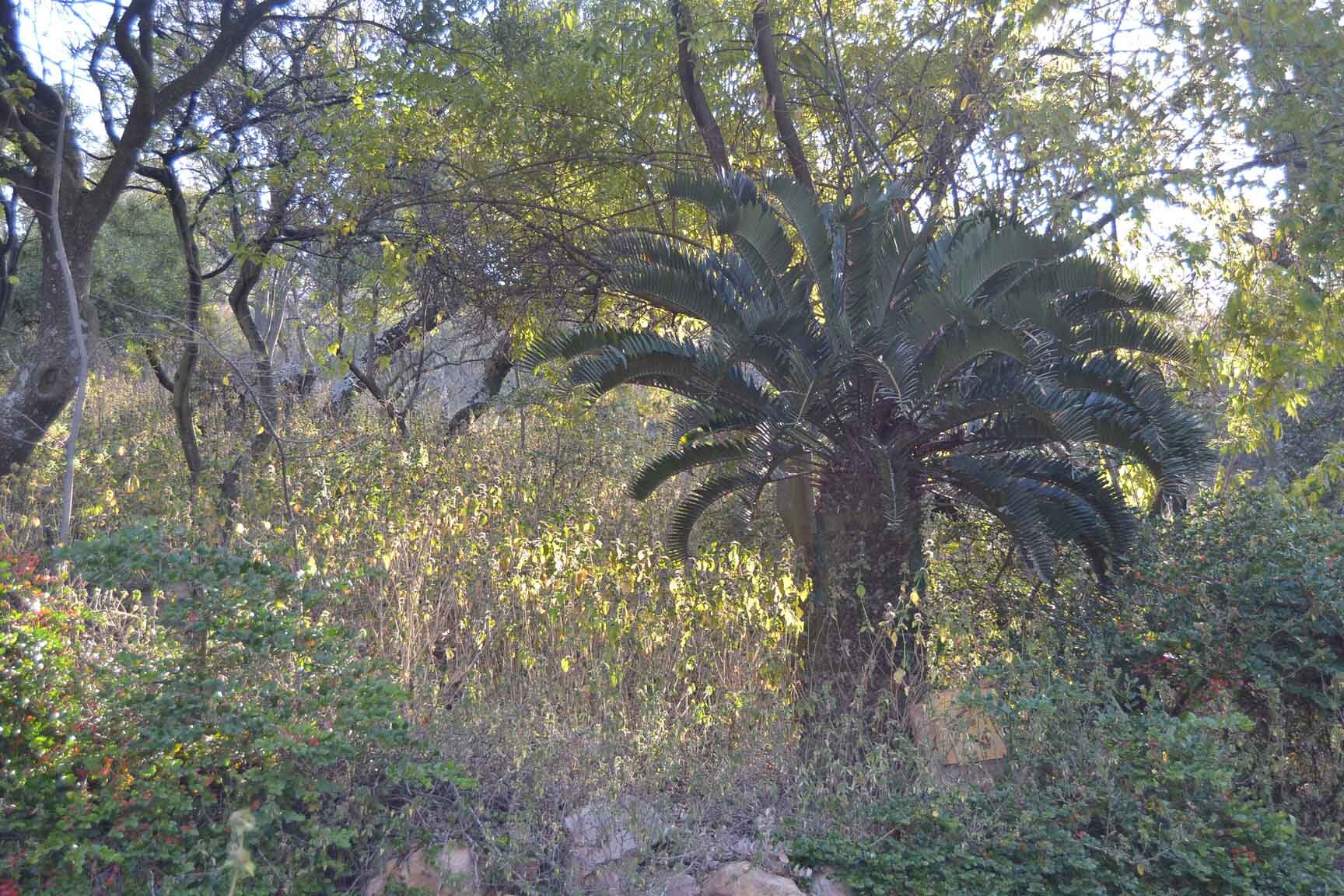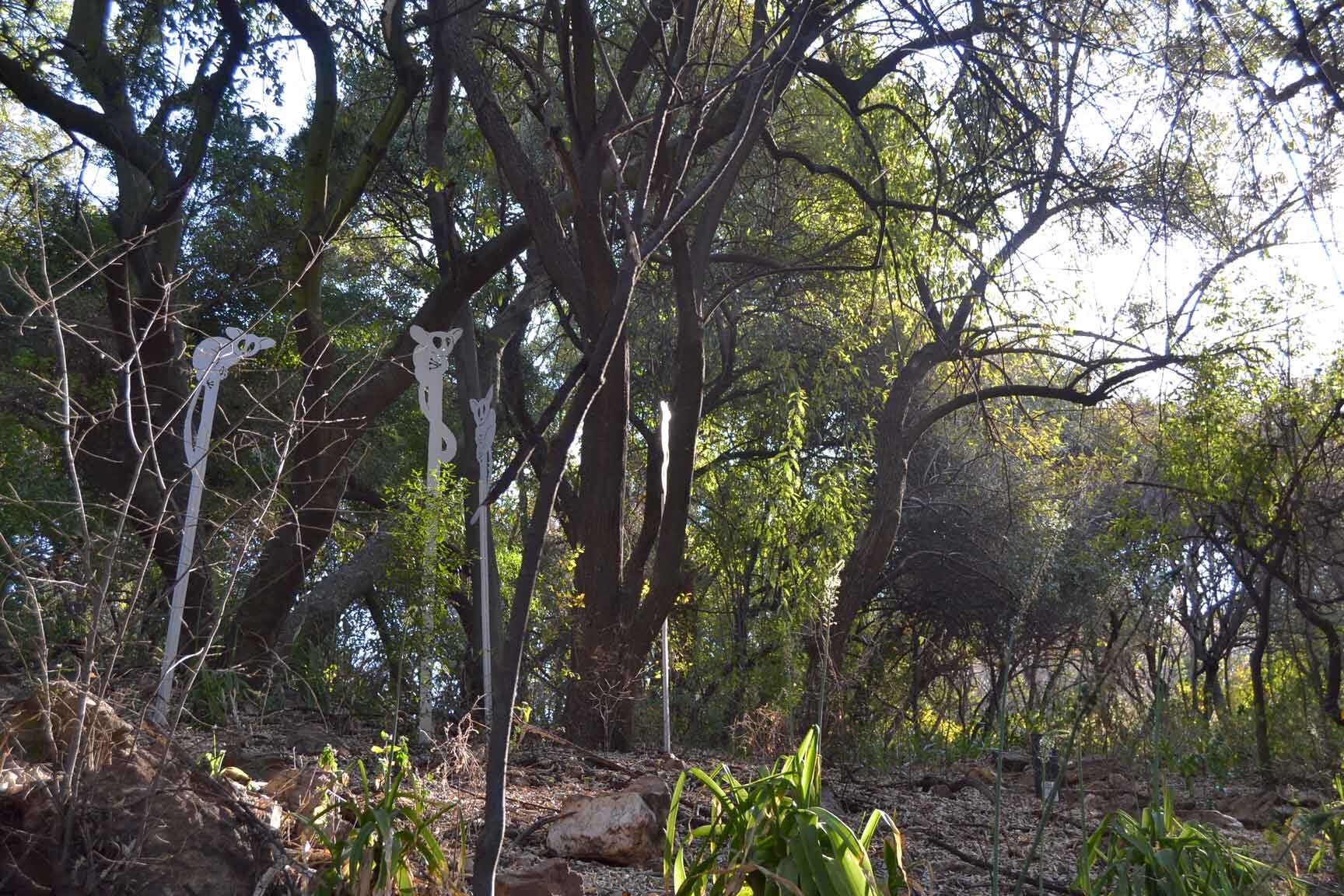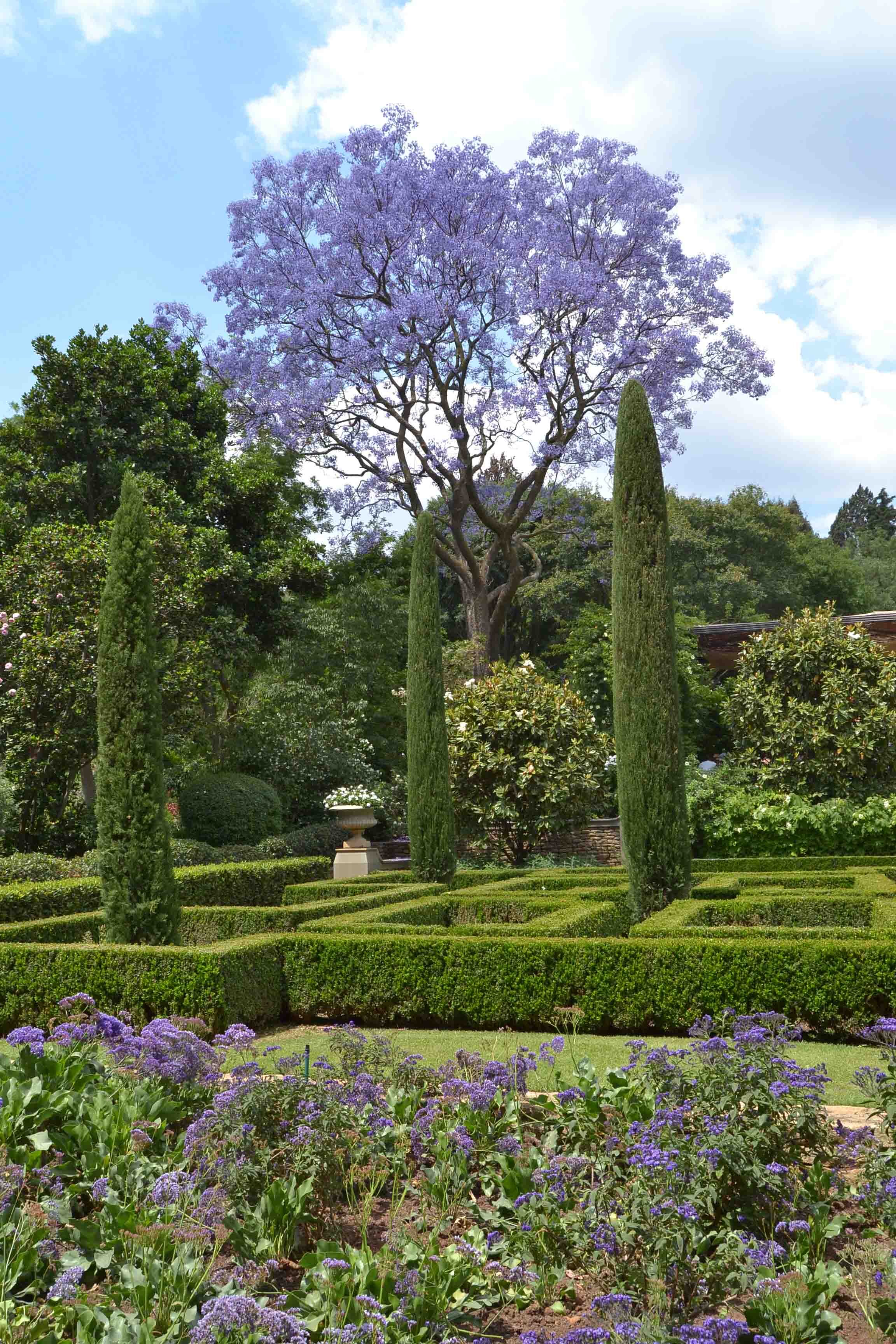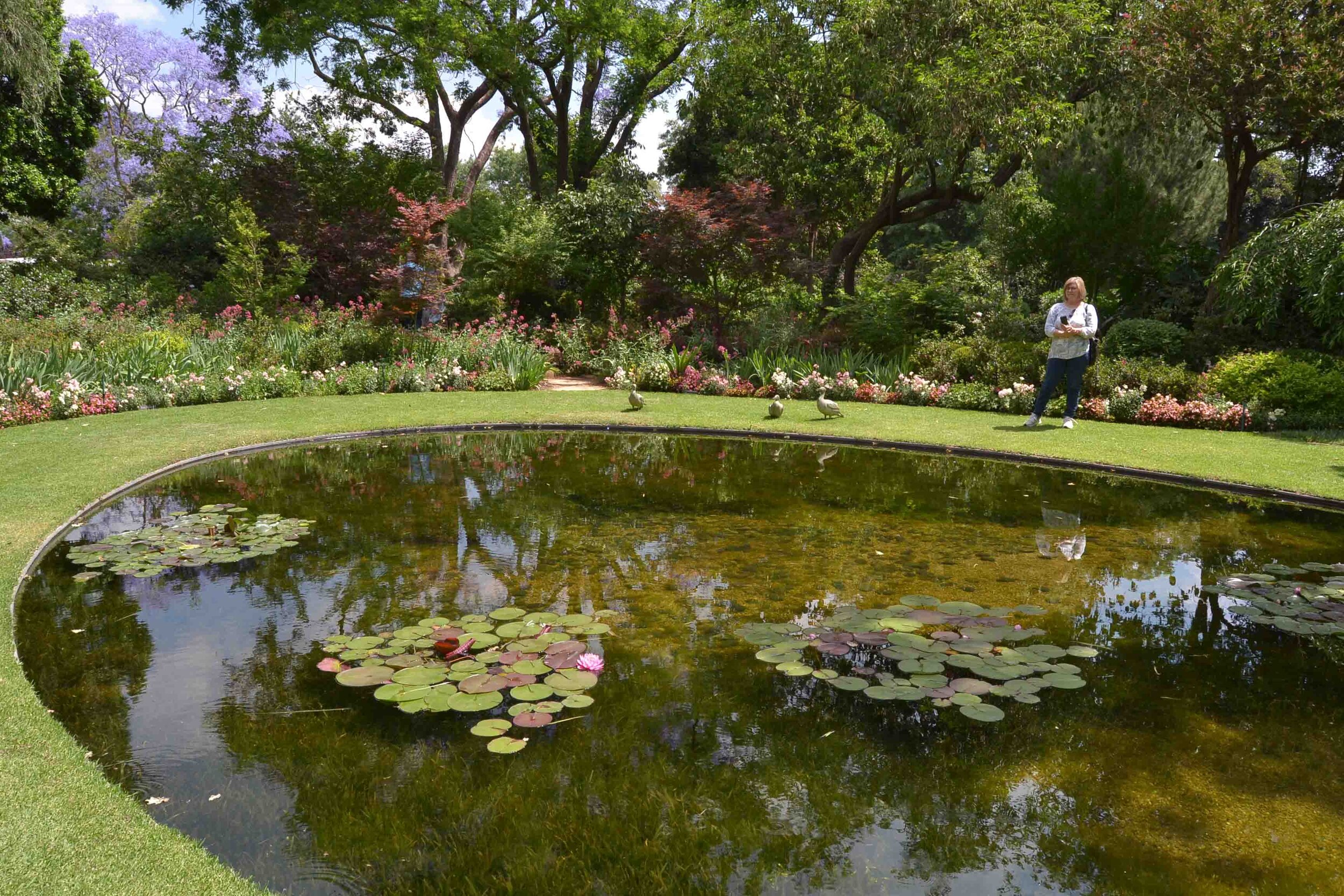When you think of Johannesburg there are many pictures that may come to mind - highways with fast cars (or very slow ones with the terrible traffic!), tall flashy buildings housing the headquarters of the top companies in the country or materials such as concrete, glass and asphalt along with the accompanying noise and pollution. A fast paced city with people on the move and money to be made.
While I agree that there are negative sides to Johannesburg, like all cities, I have made a point of exploring some of the lesser known hideouts, especially those that have a strong nature and beauty component, to discover the hidden gems and softer side of the city that we don’t always see.
View over Johannesburg (Image credit pixabay.com)
Here are a few spaces that I’ve discovered and are well worth visiting:
1. Monument to 6 Million Jewish Martyrs in Europe
An impressive sculpture designed by Herman Wald can be visited at the Jewish quarter of the Westpark Cemetery. It consists of six bronze fists each 1.5m high holding shofars which stand a further 6m tall. A twisting ‘Eternal flame’ sits in the centre of the three arches that the sculpture creates. It was unveiled on the the 10th of May 1959 by Rabbi M. Neurock, member of the Israeli parliament who specially travelled to S.A for that purpose. The inscription on the plaque at the foot of the memorial reads “In everlasting memory of the six million Jews. Victims of man’s inhumanity to man who perished in the death camps of Europe 1939-1945. ‘Thou Shalt Not Forget’ “
See a previous Blog post on this Sculpture here.
For further information and historical references see Herman Wald’s website.

2. RMB Think Precinct
This urban square, located on the corner of Fredman Drive & Gwen Lane in Sandton Central also functions as an outdoor art gallery. It is situated at the entrance to the Rand Merchant Bank (RMB) headquarters and houses several of RMB’s artworks by famous South African artists including Eduardo Villa, Pieter Greyvensteyn, Angus Taylor, Guy Pierre Du Toit and Marieke Prinsloo-Rowe. The Think Bench by Louis Olivier which is on display here can also be seen at the University of Pretoria and the University of Stellenbosch.
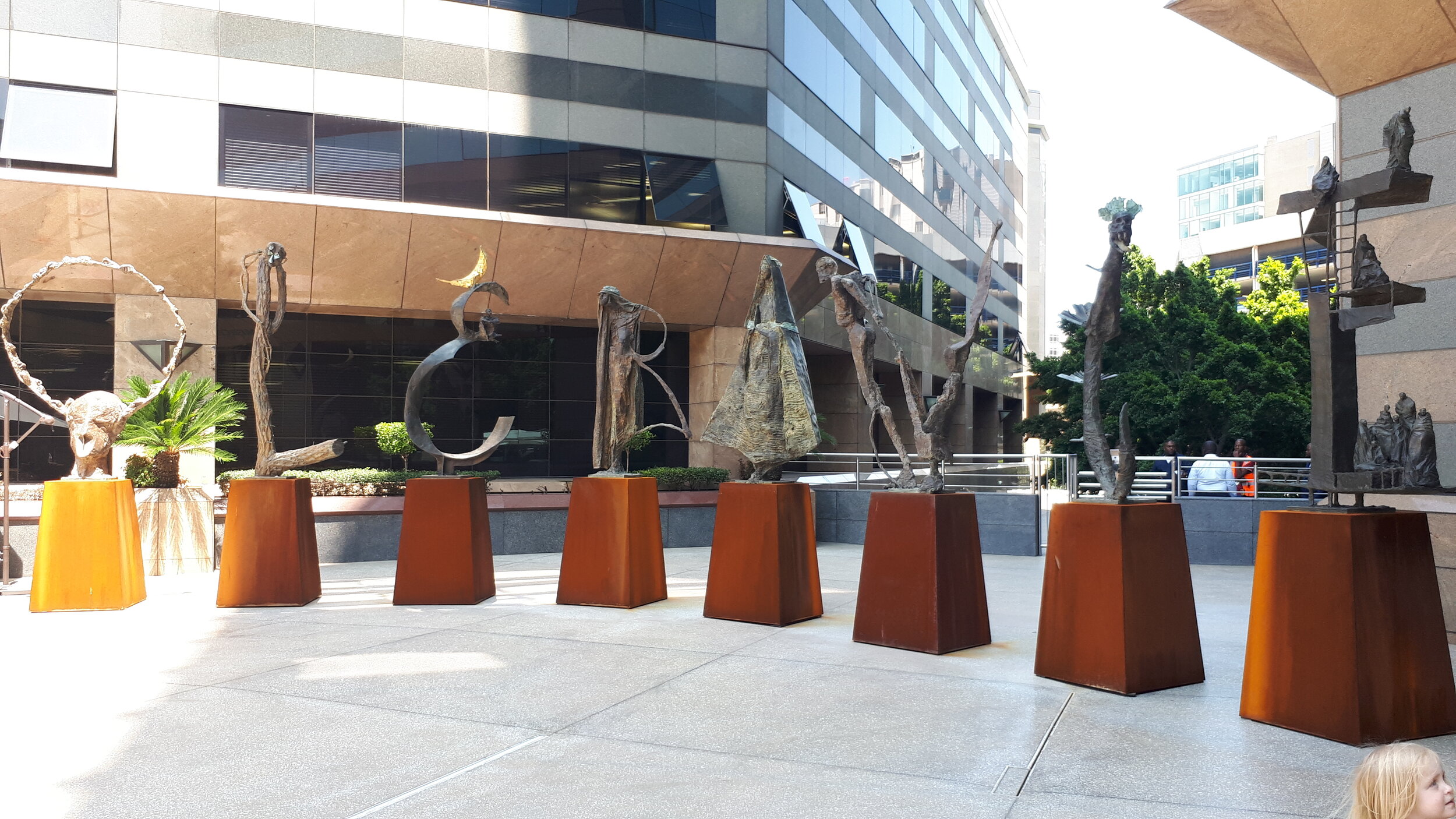
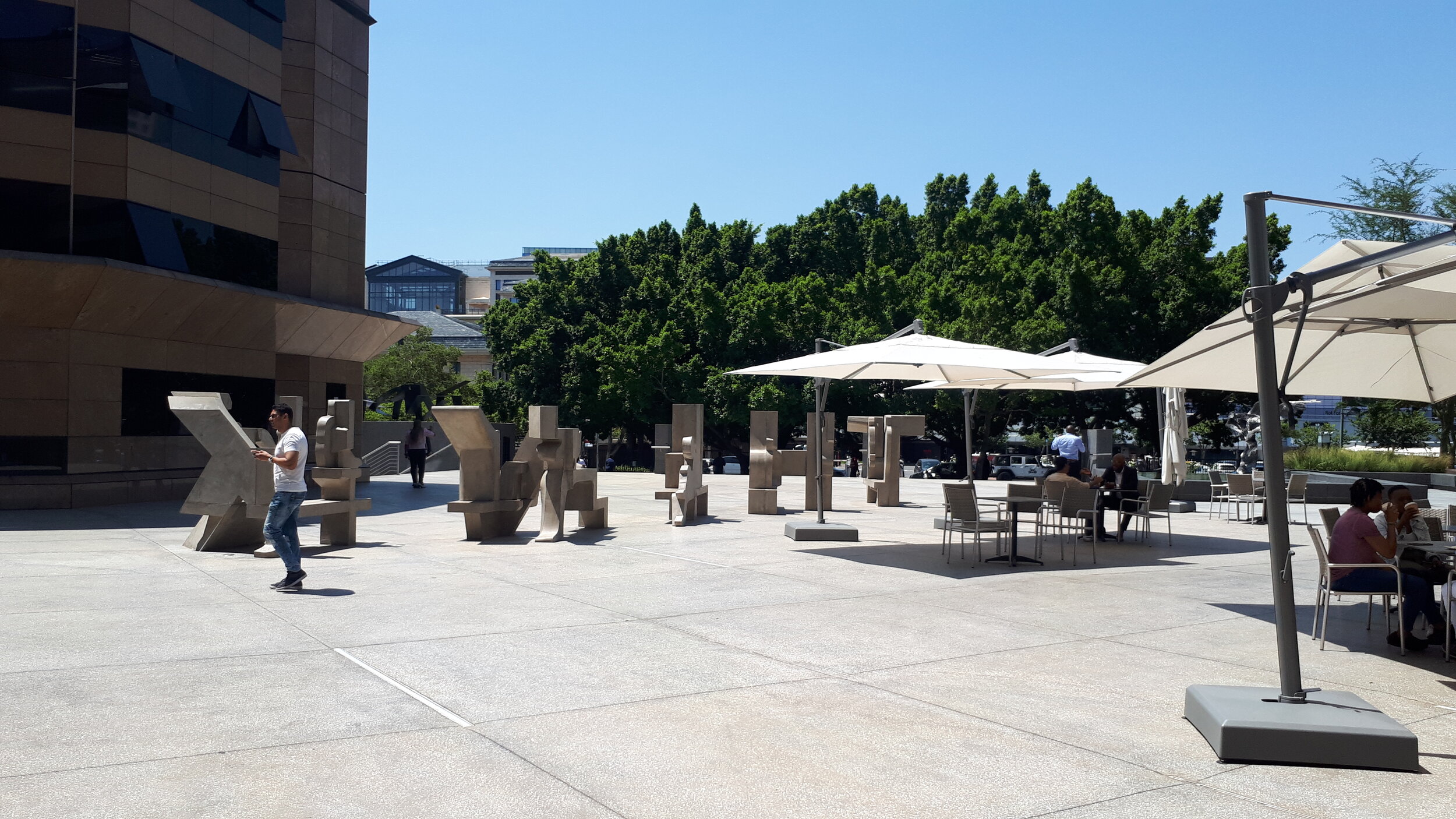
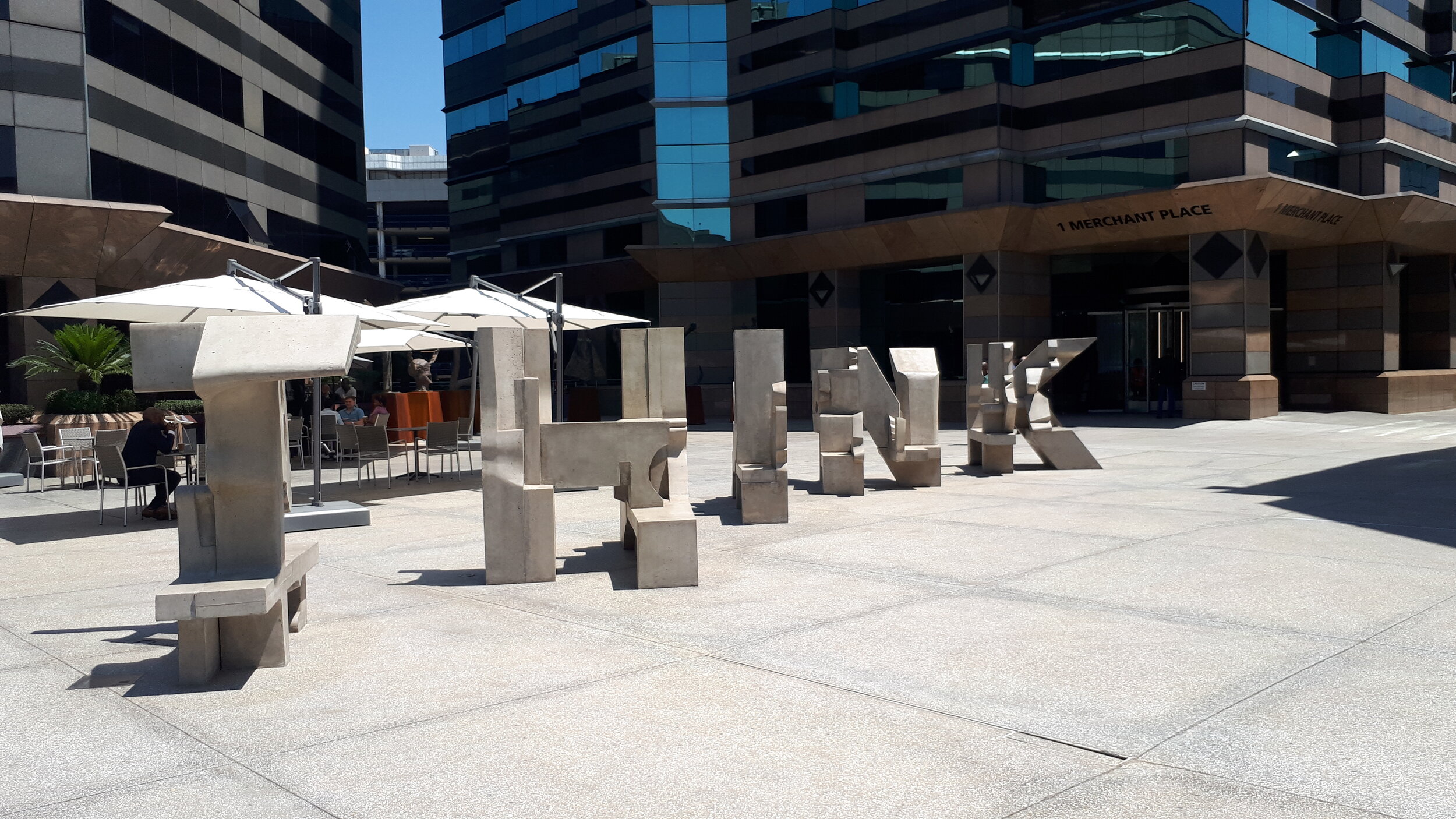
“Art captures the spirit of the time, transform lives and bind together, not only hearts and souls, but entire societies and nations. Having a Corporate Art Collection on-site helps to reflect the culture of the company in an unspoken way. For example, Africa’s 'Fearless Girl' expresses how diversity and gender equality are valued and embraced. Our people and clients have always had easy access to the palpable energy that original creativity exudes. Artworks are generously displayed across workspaces and our newly refurbished Think Precinct hosts our most extraordinary sculptures in one central, outdoor area, for all to engage,” says RMB CEO, James Formby (www.rmb.co.za/page/rmb-welcomes-africas-fearless-girl)
If you are visiting Sandton be sure to also see the iconic statue of Nelson Mandela at the Sandton City Shopping Centre. The only statue that you will see of this hero that is larger can be found in front of the Union Buildings in Pretoria.
3. Nirox Sculpture Park
A most inspiring expanse of beautiful trees, lakes and waterways located in the Cradle of Humankind about 45 minutes from Johannesburg. You can discover something new every time you visit this park . The Park is open to the public on weekends and public holidays 10:00-16:00, or by special arrangements during the week.
Their aim to support the arts in all its forms can be clearly seen expressed in the numerous exhibitions and functions they have hosted there. Since NIROX’ beginnings in 2006, we continue to create and share an atmosphere that empowers, inspires and becalms artists; where visitors continue to be nourished with art in nature. (www.niroxarts.com/copy-of-sculpture-park)
The Sculpture Park regularly hosts independently curated exhibitions, functions, concerts and performances. They have hosted more than 300 resident artists and their aim is to encourage engagement and promotion of the arts in all forms. The restaurant on site is called ‘And then there was Fire’ and serves woodfire grill “We want to share with you the atmosphere of this place, the food that the earth provides and the beauty that surrounds us.” (www.andthentherewasfire.com)
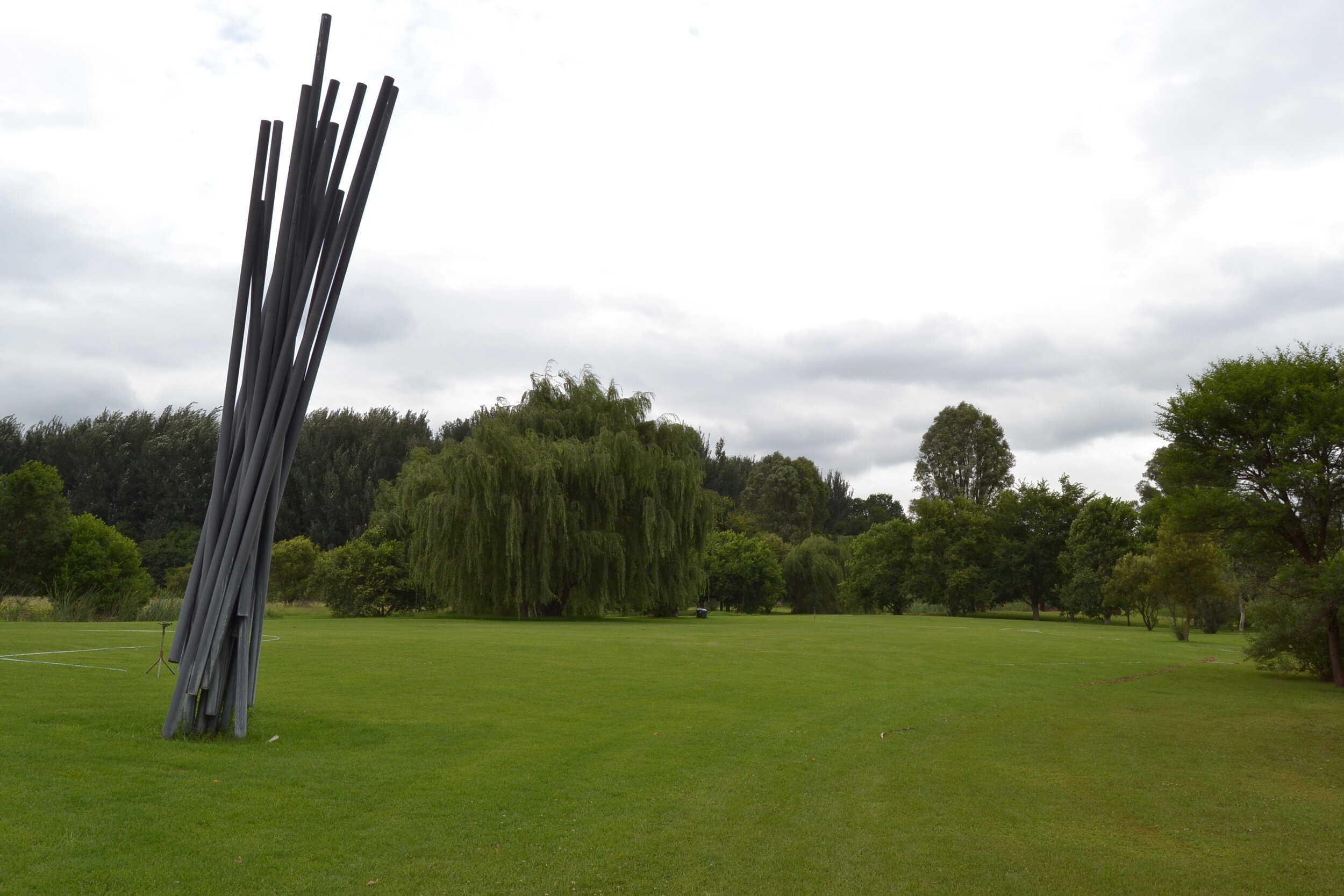
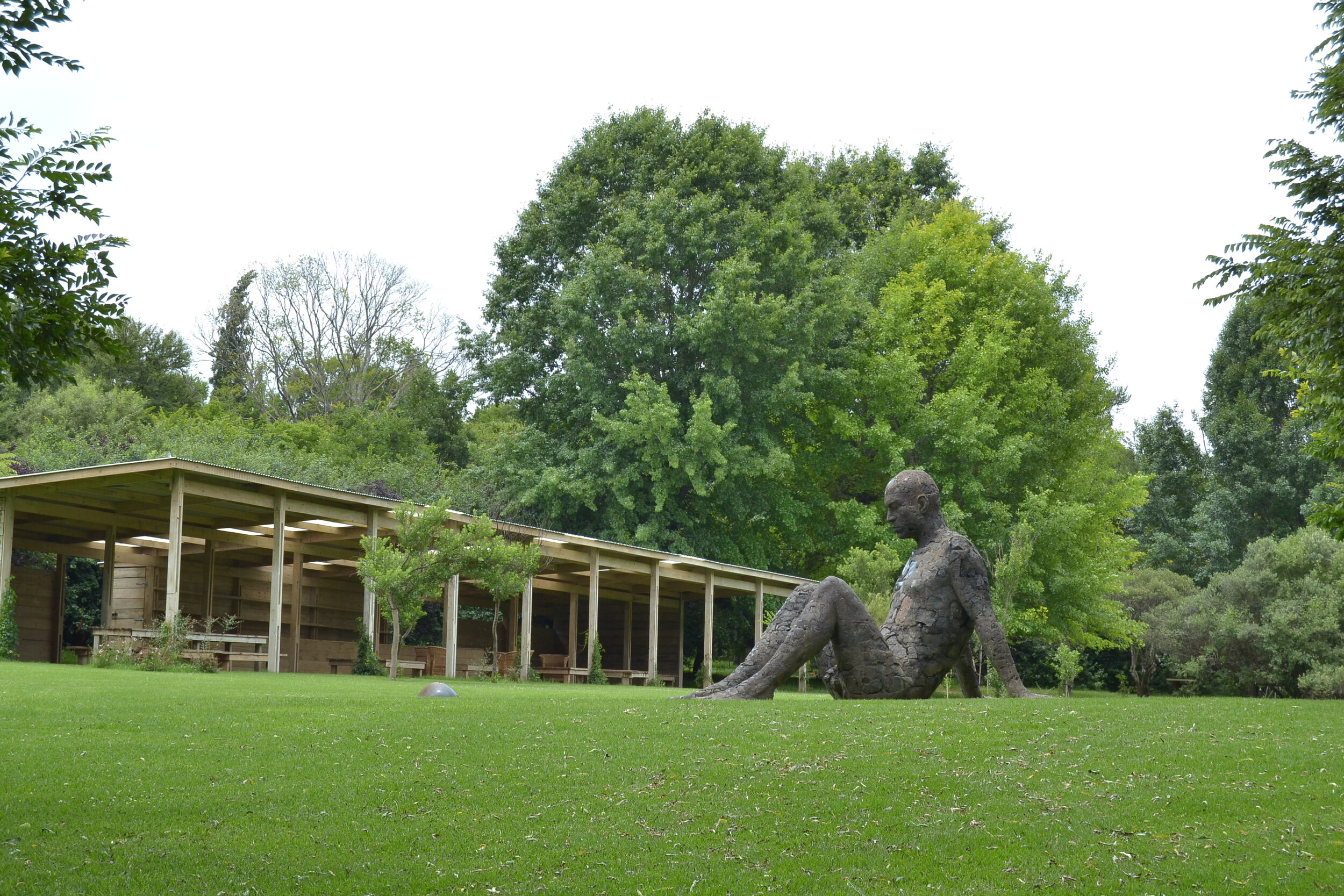
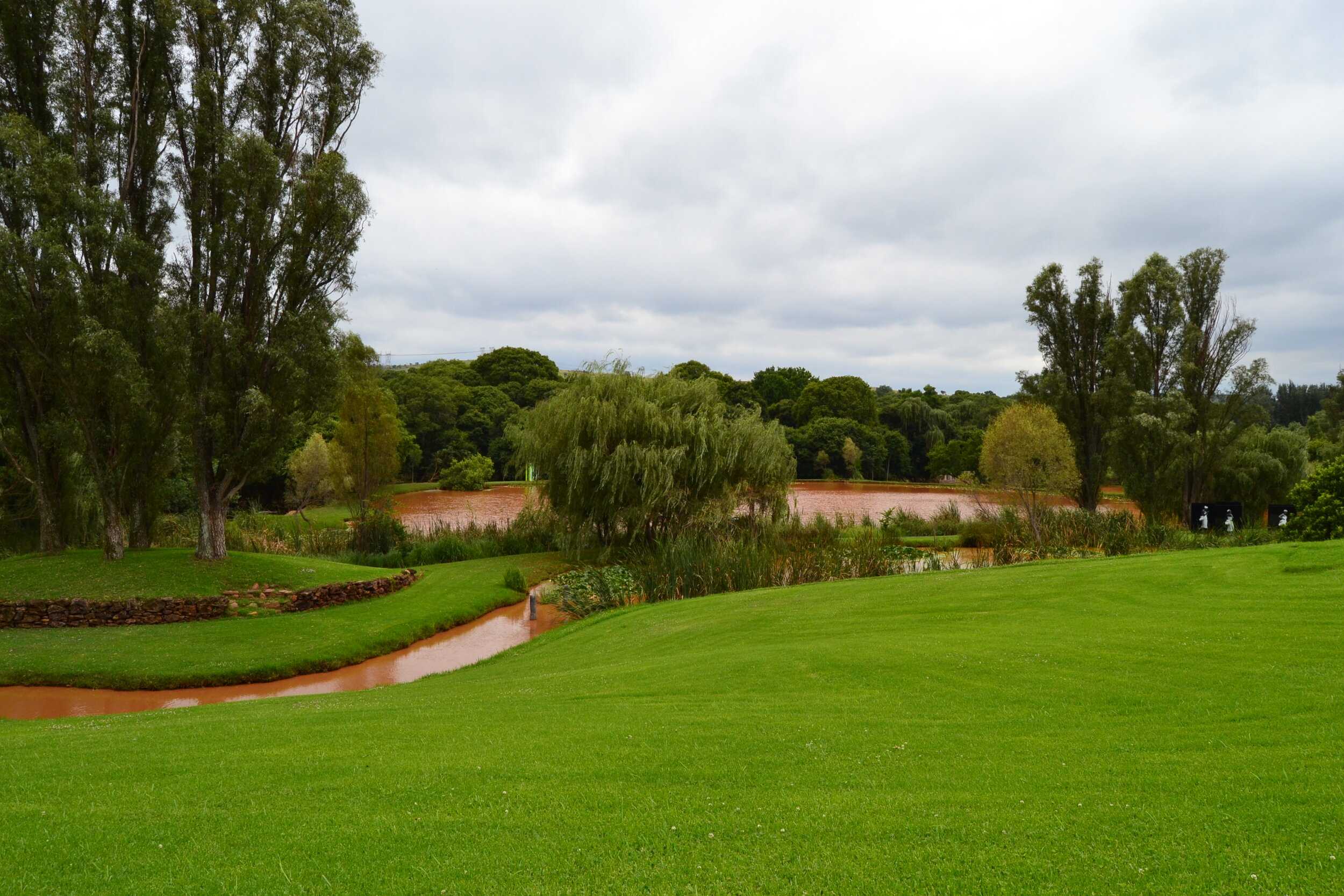
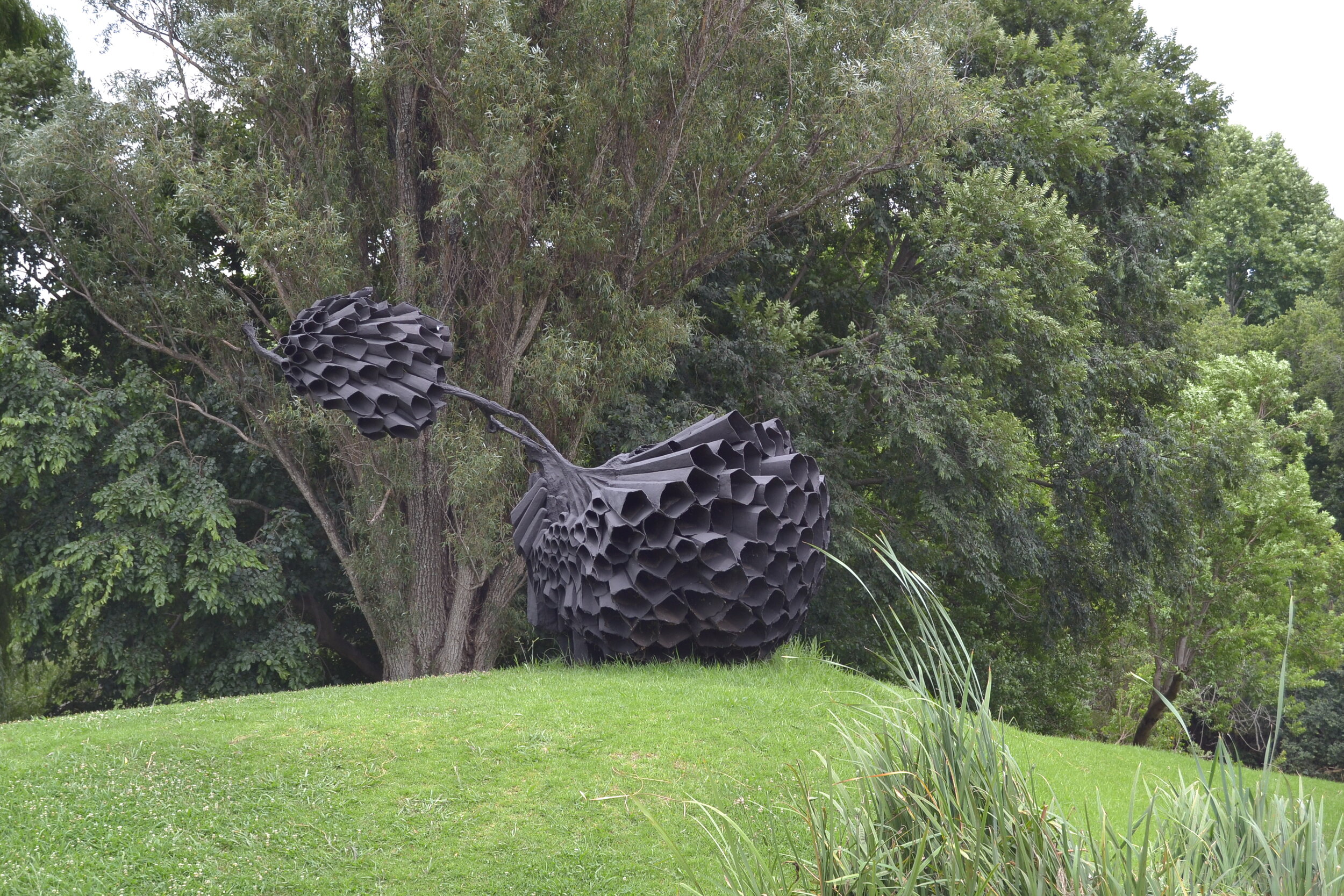
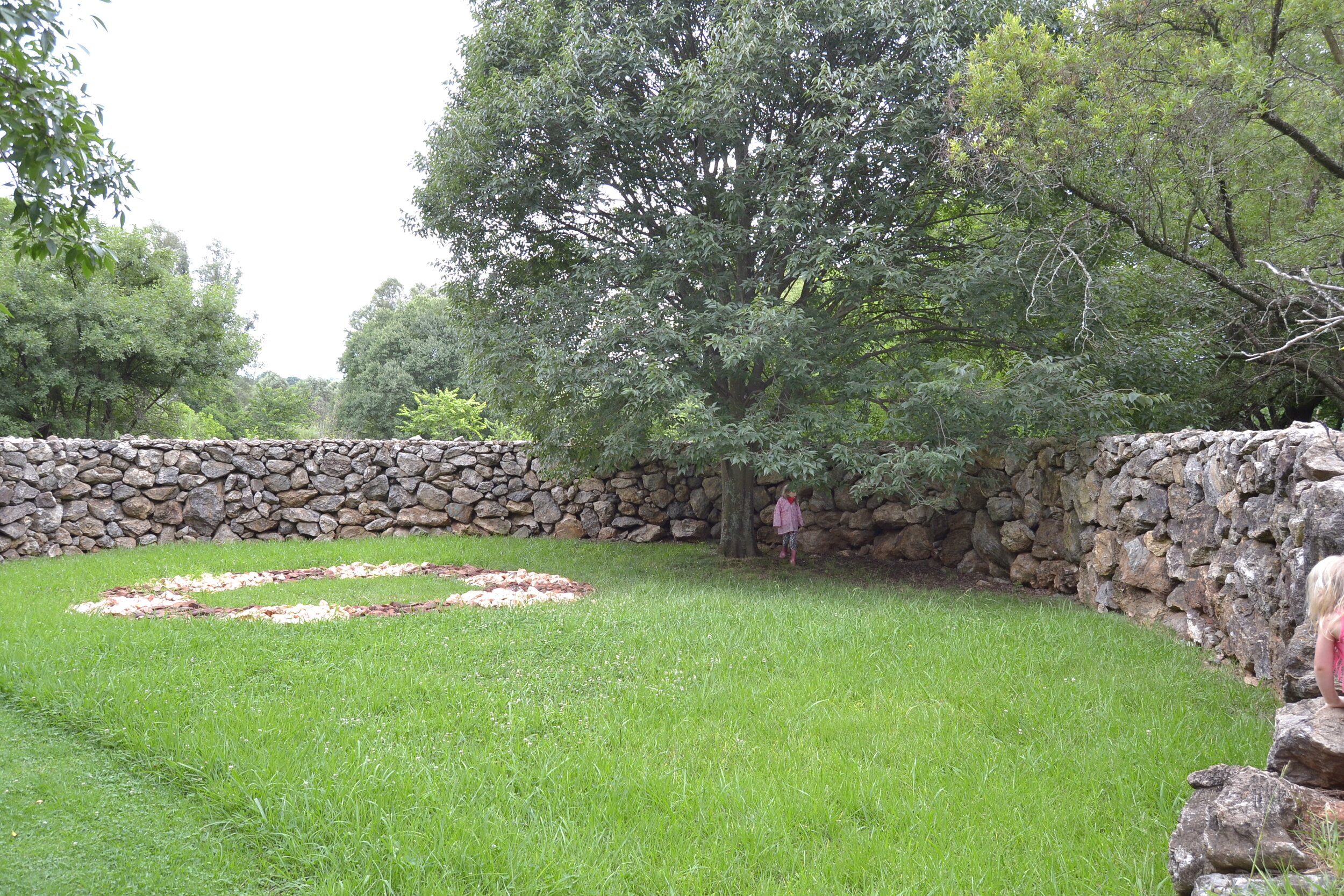
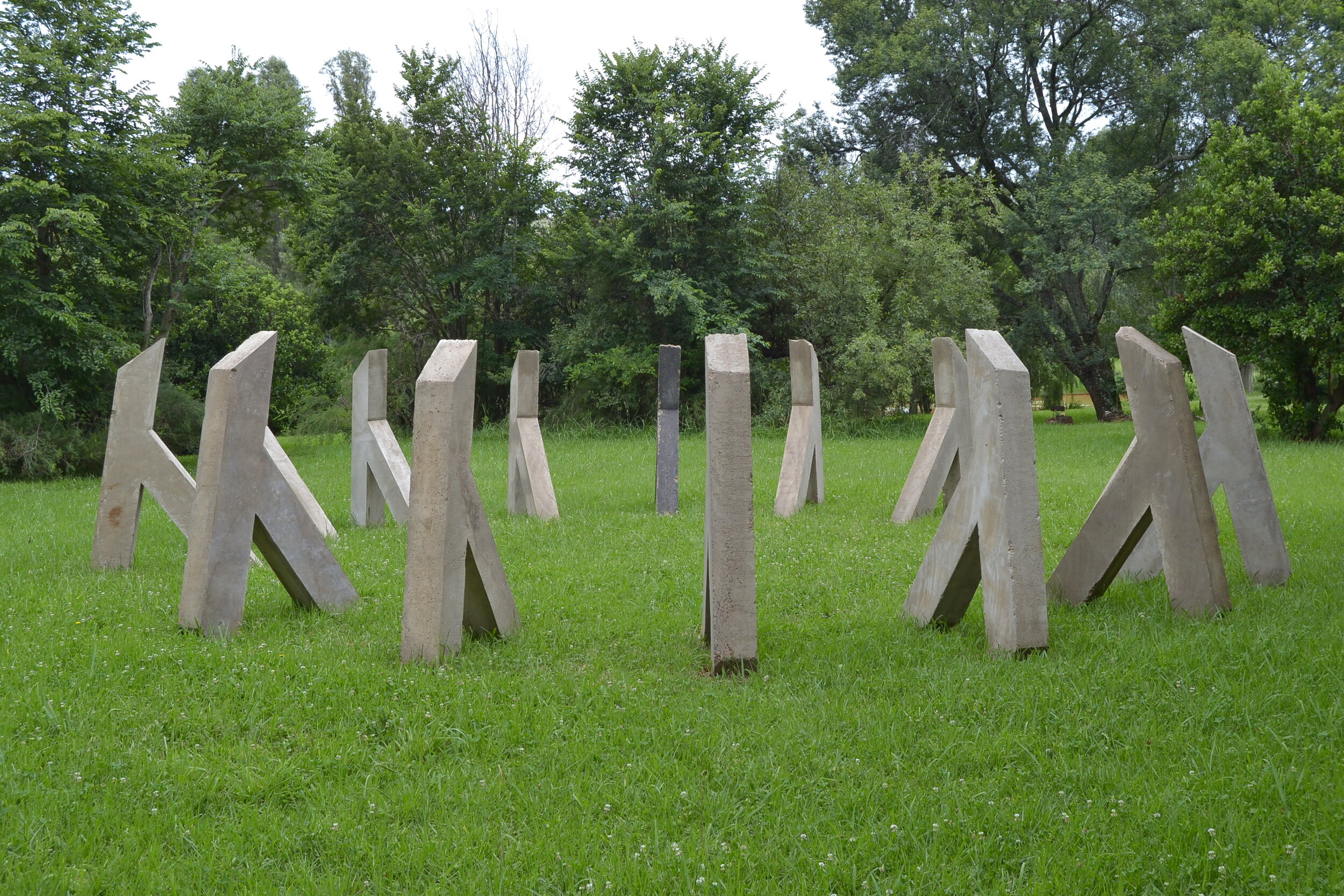
4. Victoria Yards
The redevelopment of this sprawling light industrial site (30,000m2) is the brainchild of the developer behind 44 Stanley. A once derelict and mostly abandoned complex of buildings has been redeveloped and transformed into a haven for artists and creatives with a strong emphasis on skill sharing and community empowerment. The buildings are interconnected with spaces that are filled with vegetables and fruit trees making these areas both beautiful and functional. Urban agriculture is one of the many elements of this hub of creativity where community is encouraged to engage.
The project has won several awards: “The Urban Land Institute’s inaugural ULI Europe Awards for Excellence, which recognise outstanding urban development projects in the EMEA region. Developer and owner: Mr Brian Green – lead developer and consultant/planner. Architect: Boom Architects: Victoria Yards is a unique regeneration project that has risen from the ashes of a derelict industrial site to become an entrepreneurial incubation centre providing space at cost to social and artistic enterprises from the neighbourhood and beyond. It is an outstanding example of how creative thinking, community engagement and strong leadership can deliver immediate and evolving commercial, social and environmentally sustainable developments. Victoria Yards has created a thriving community that is as much about social cohesion and learning as it is a commercial enterprise. (www.victoriayards.co.za)
The project is a precedent for urban regeneration and gentrification while at the same time the developers have clearly been sensitive to the heritage of the site. The buildings have a raw beauty and several sculptures are dotted throughout the landscape. Some of the sculptures are by James Delaney who has his studio there and is known for his involvement in The Wilds. (Click here to read a previous post about The Wilds)
Visitors are welcome everyday. See Facebook for updates on their markets and upcoming events.
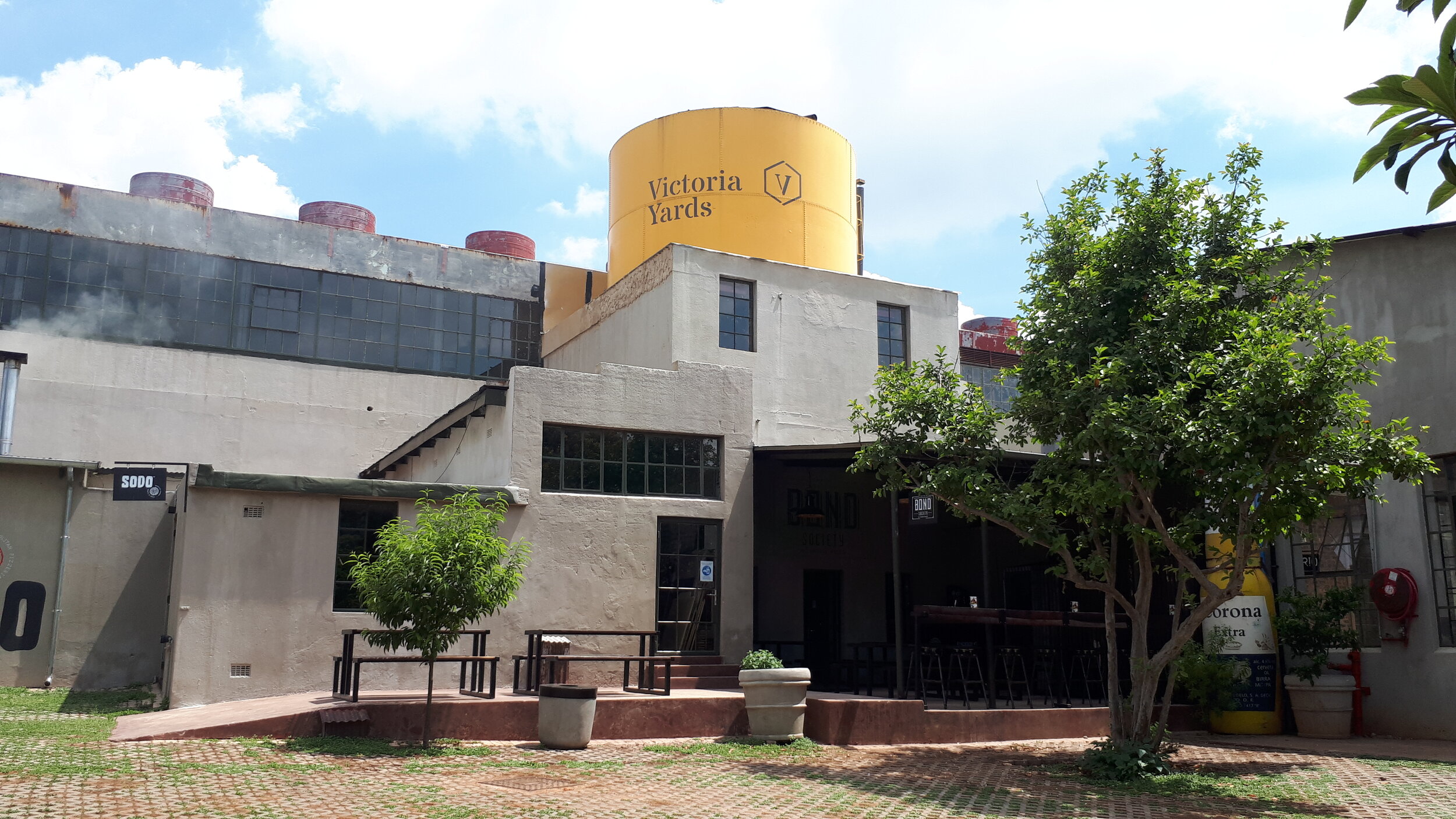
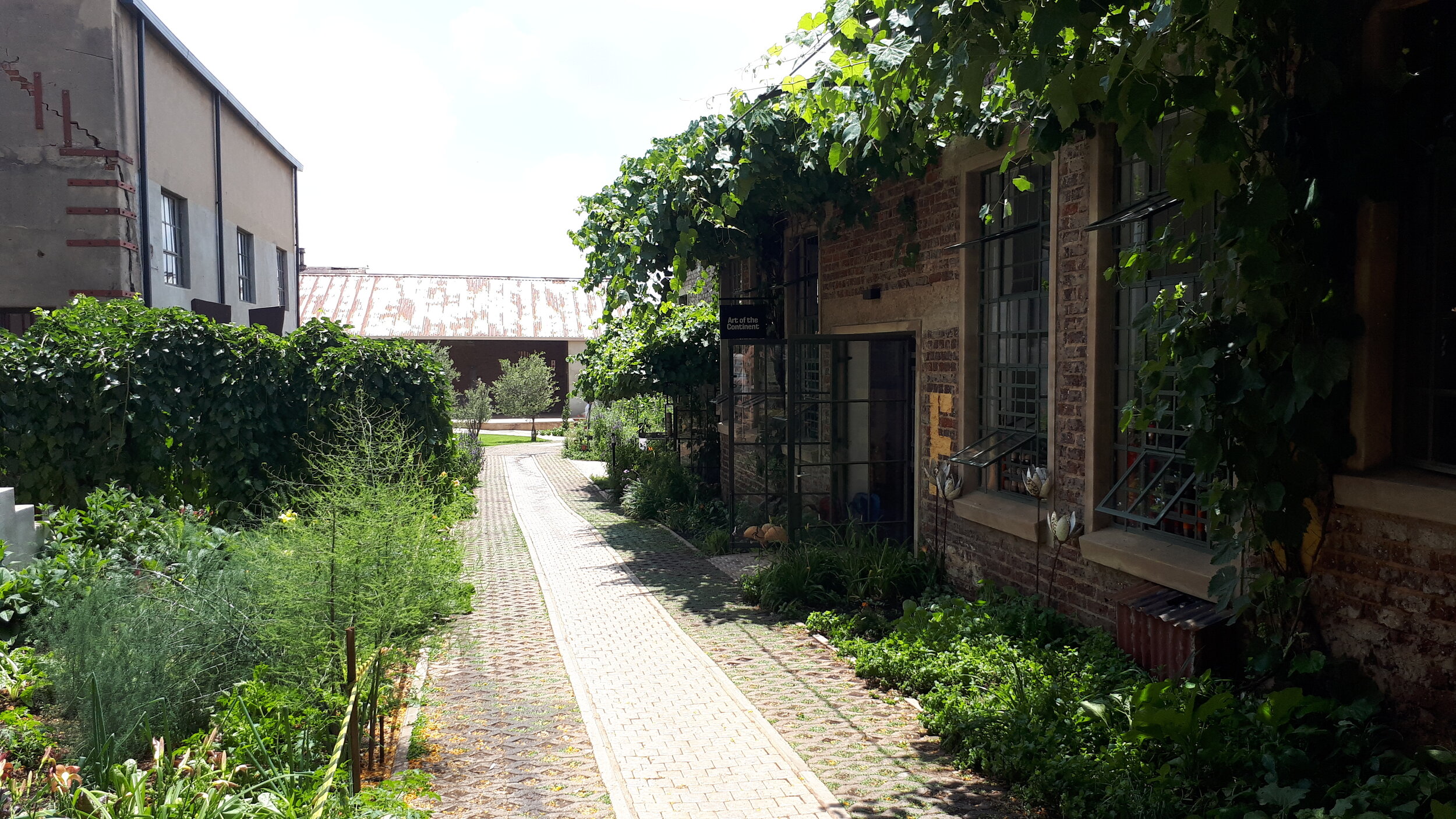
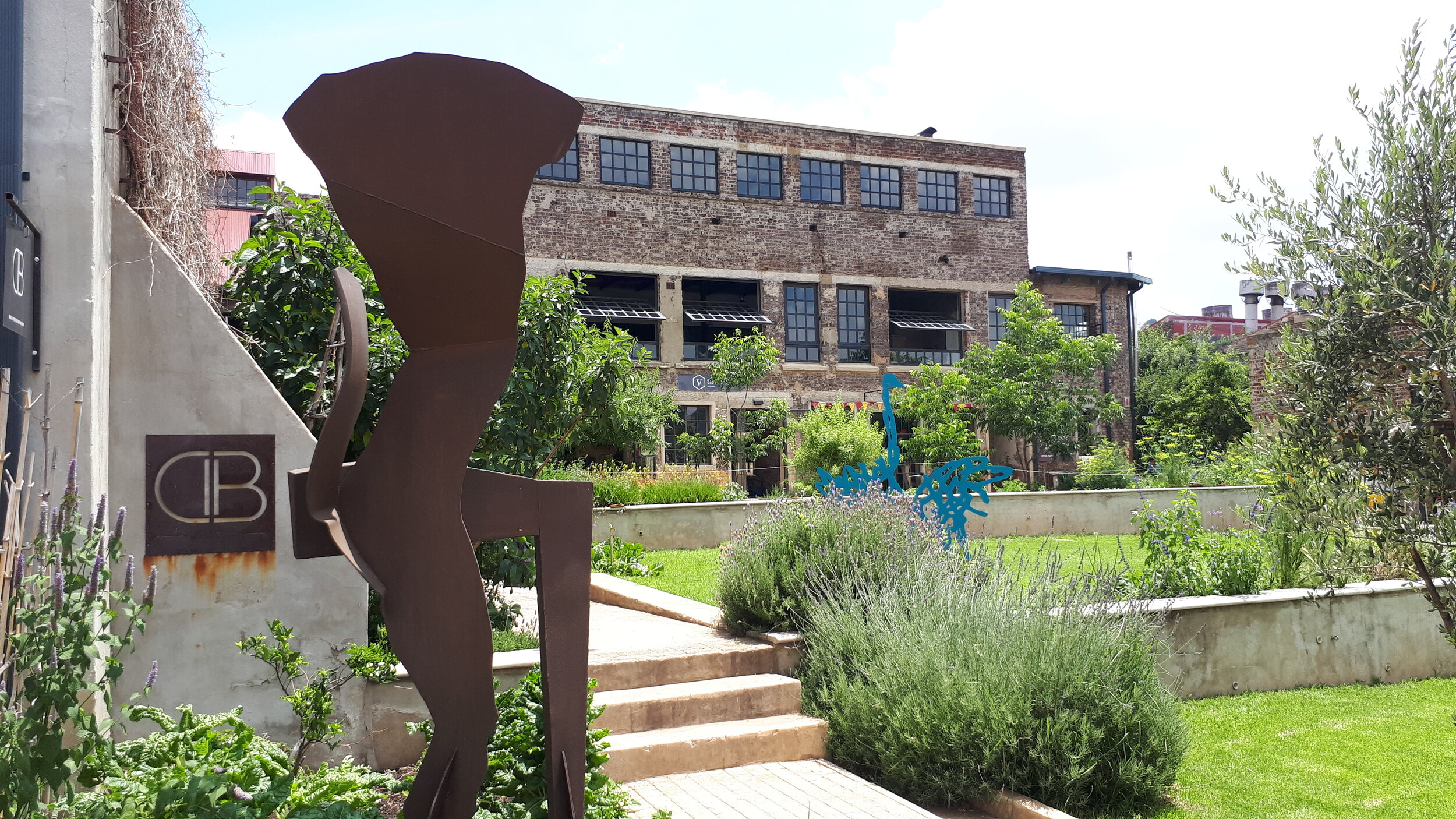
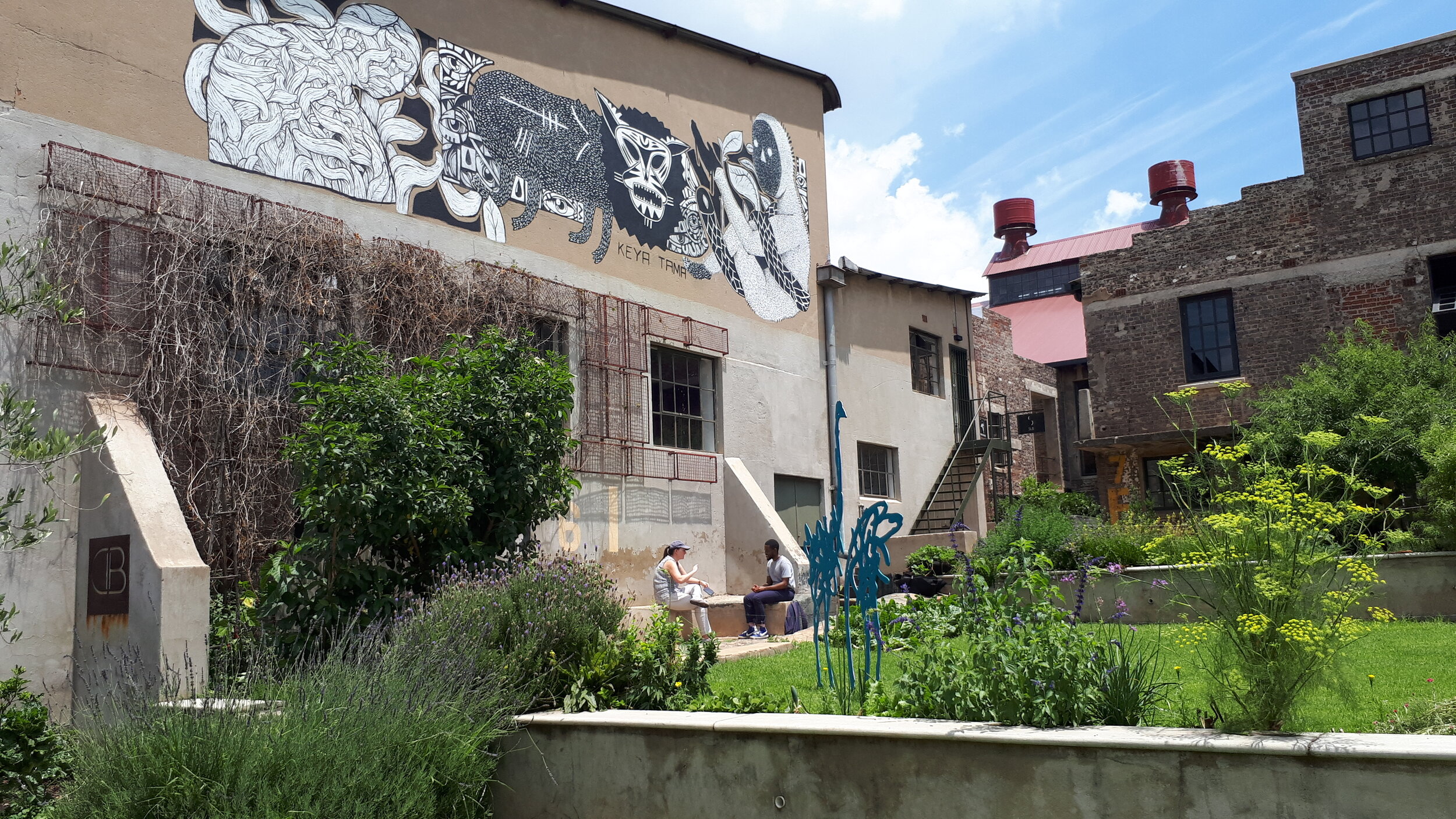
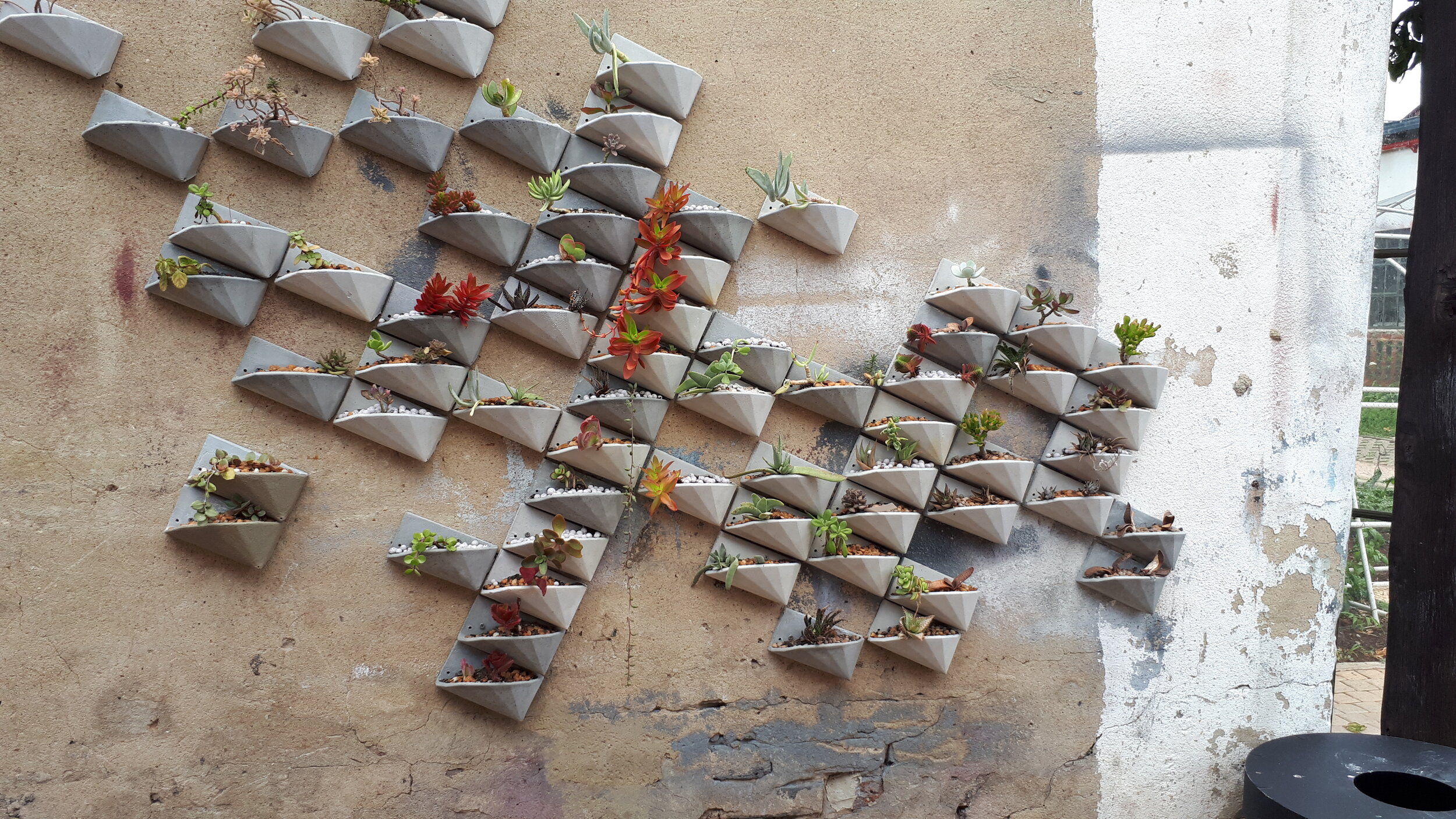
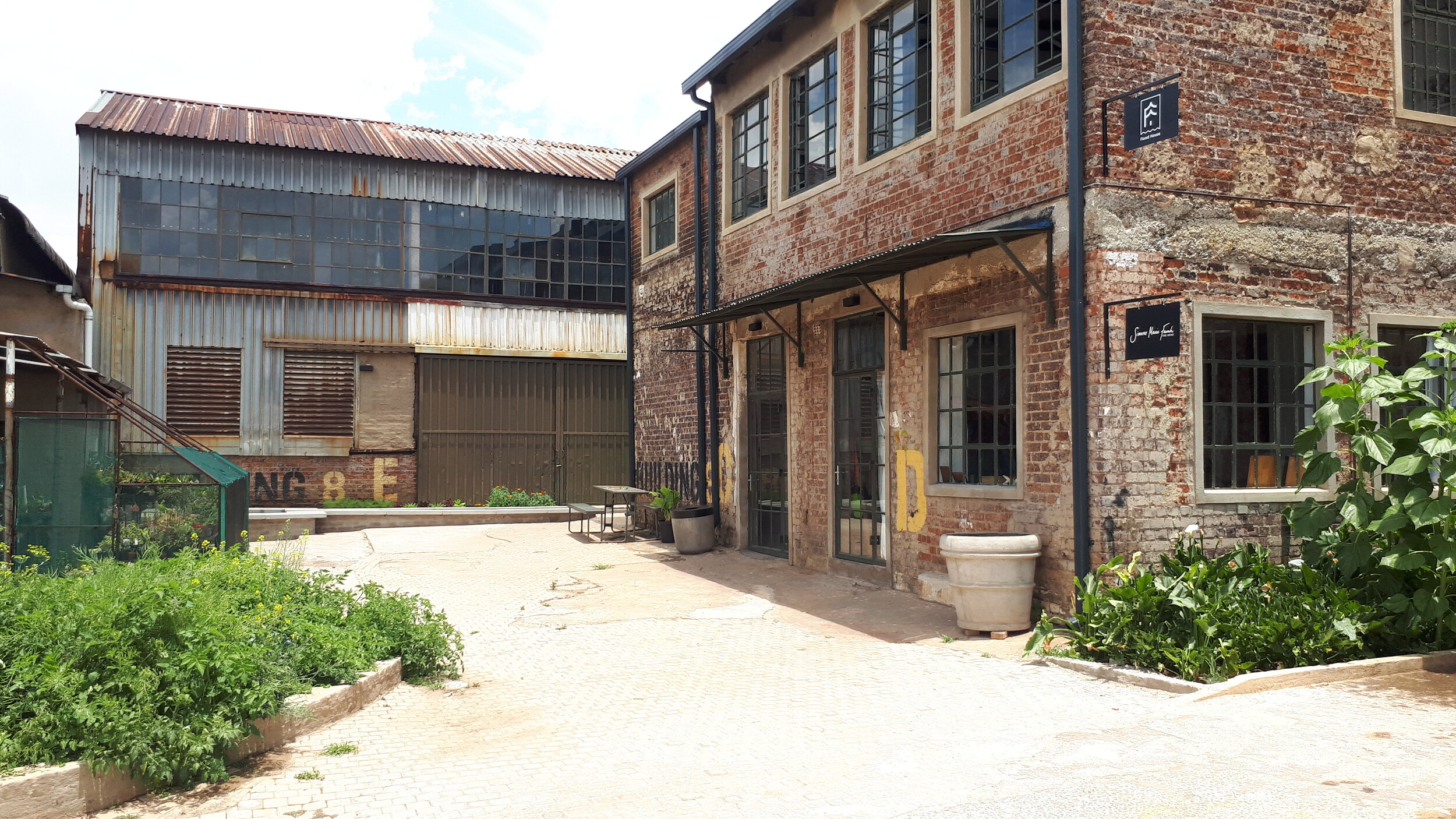
There are many beautiful and inspiring spaces in Johannesburg. Tell me about your favourite?



